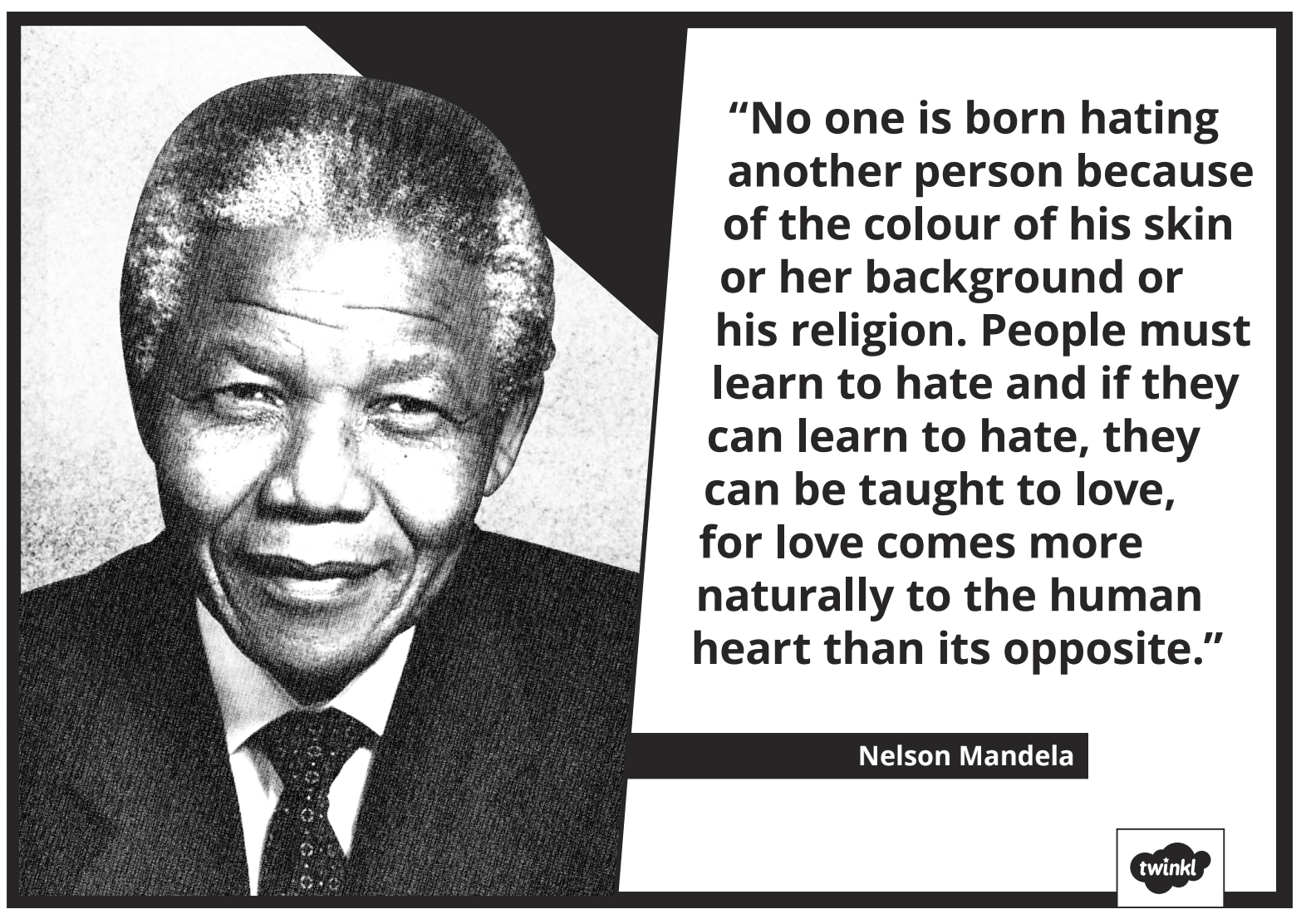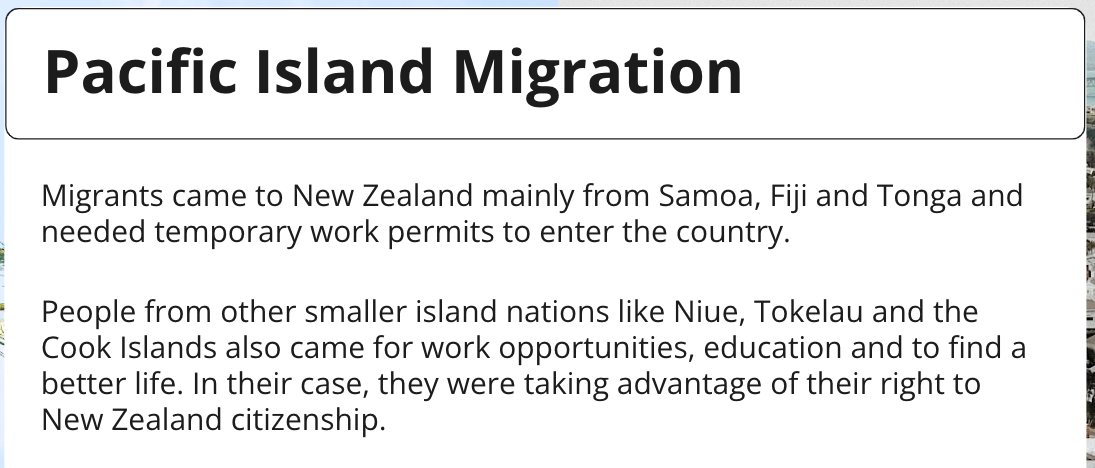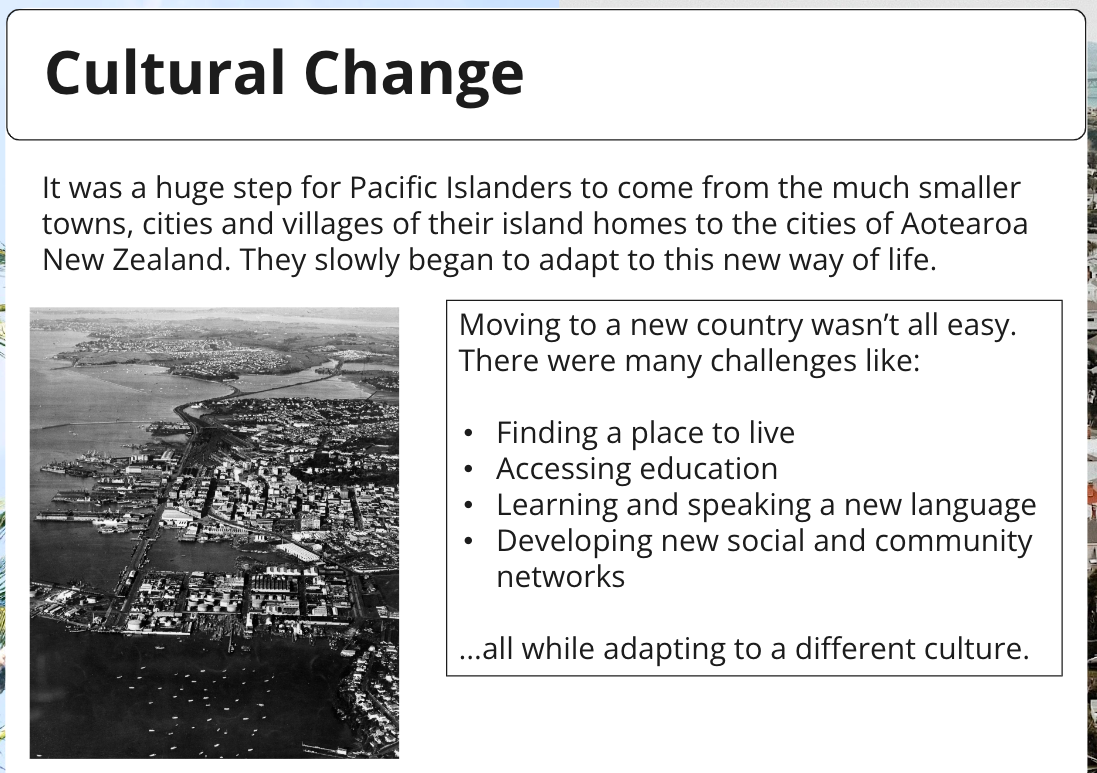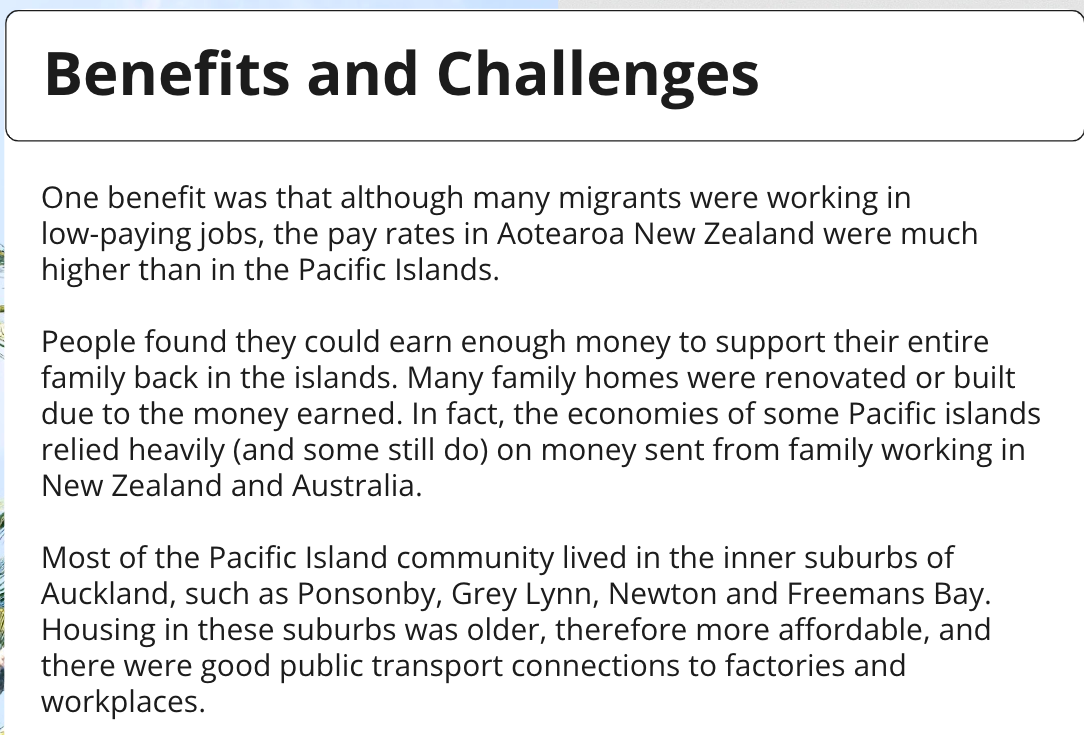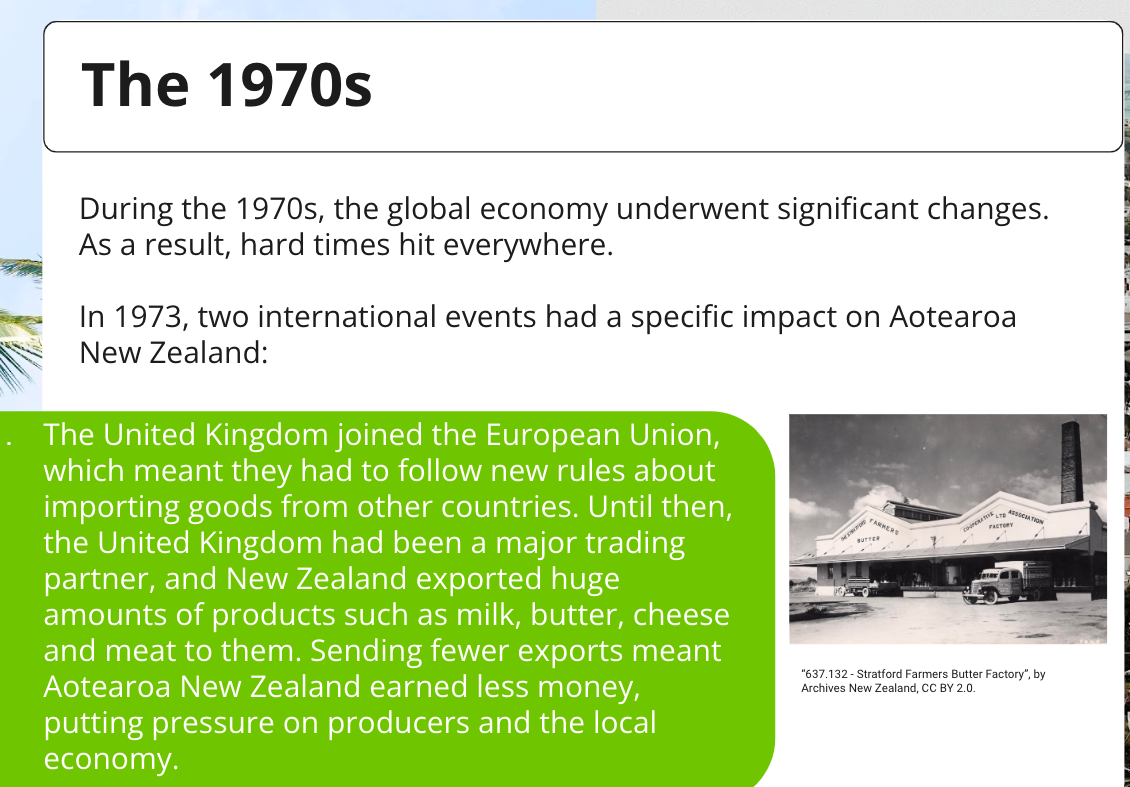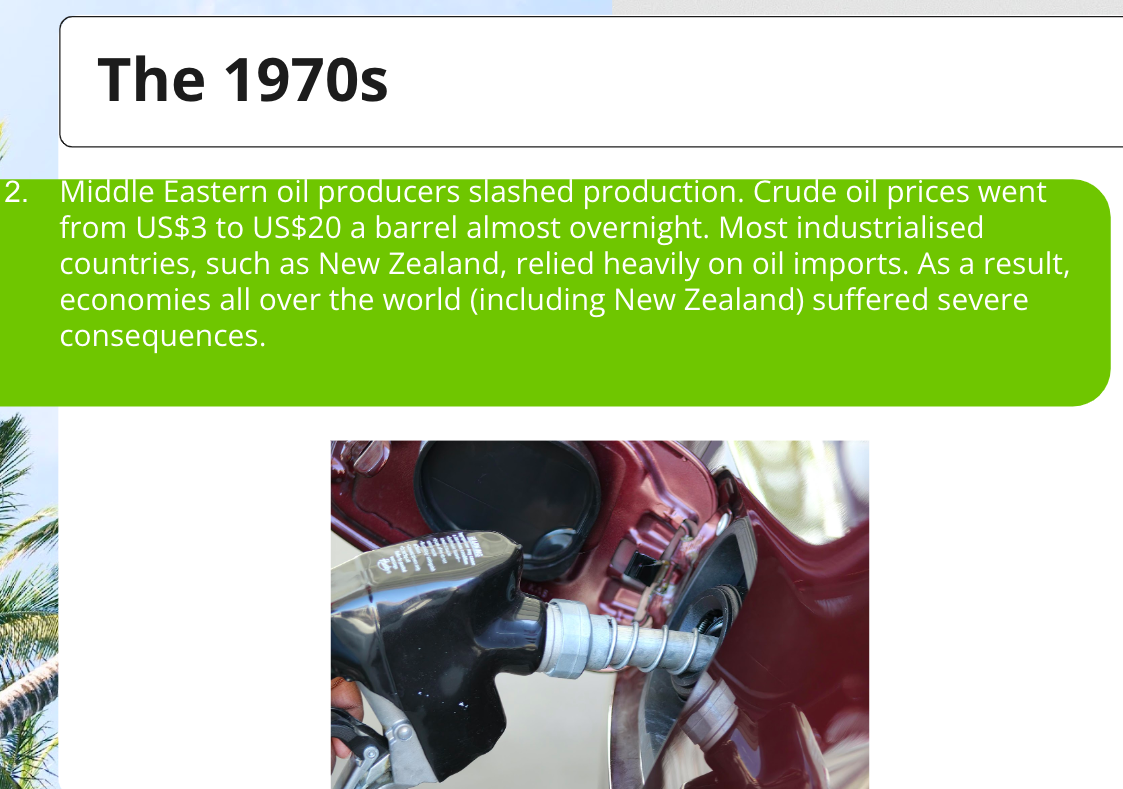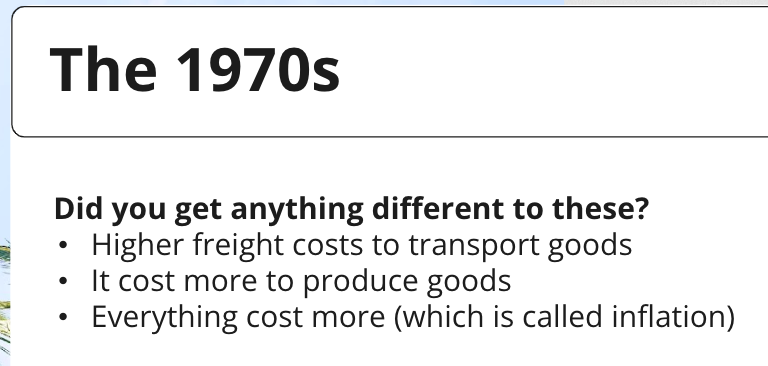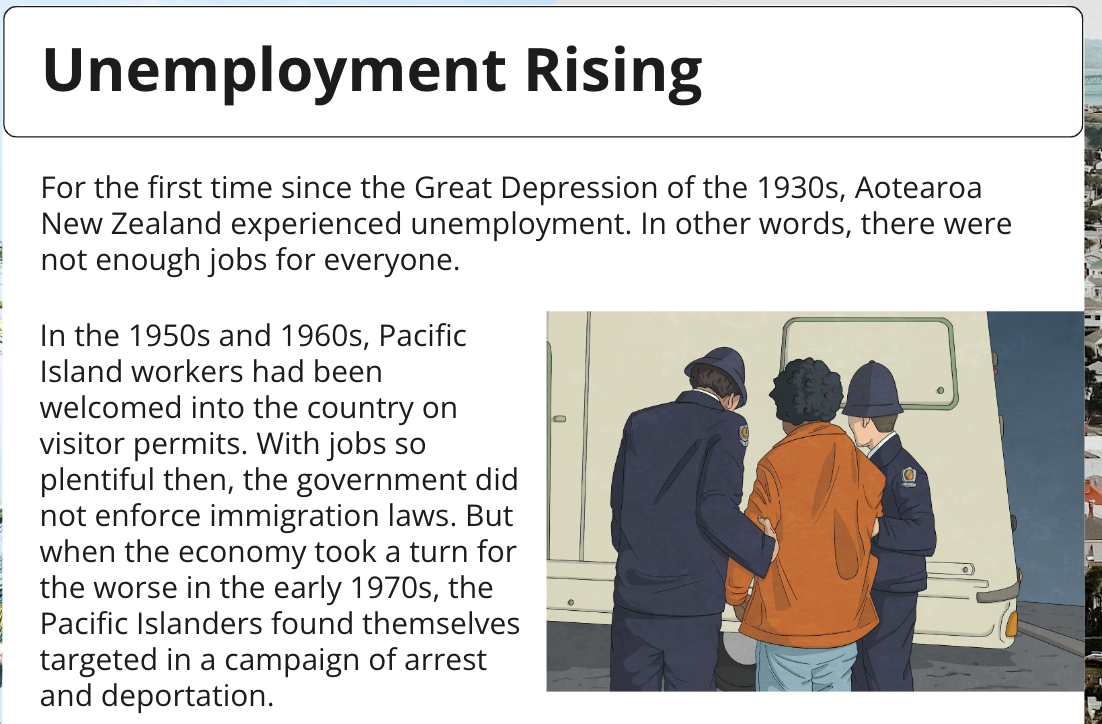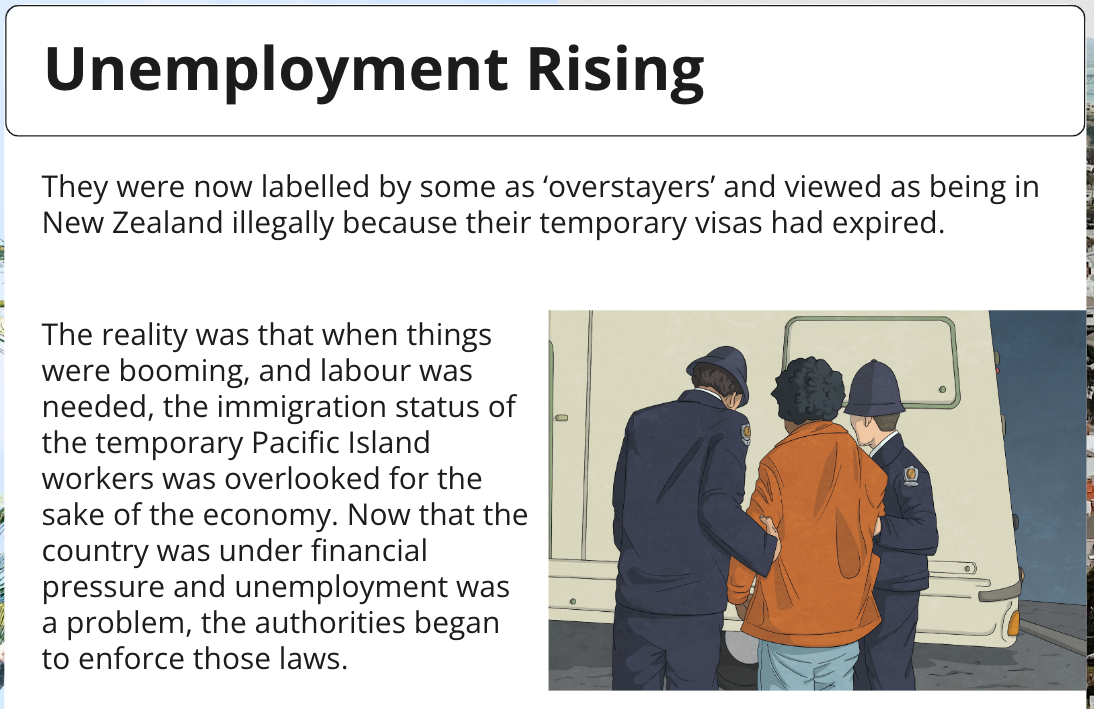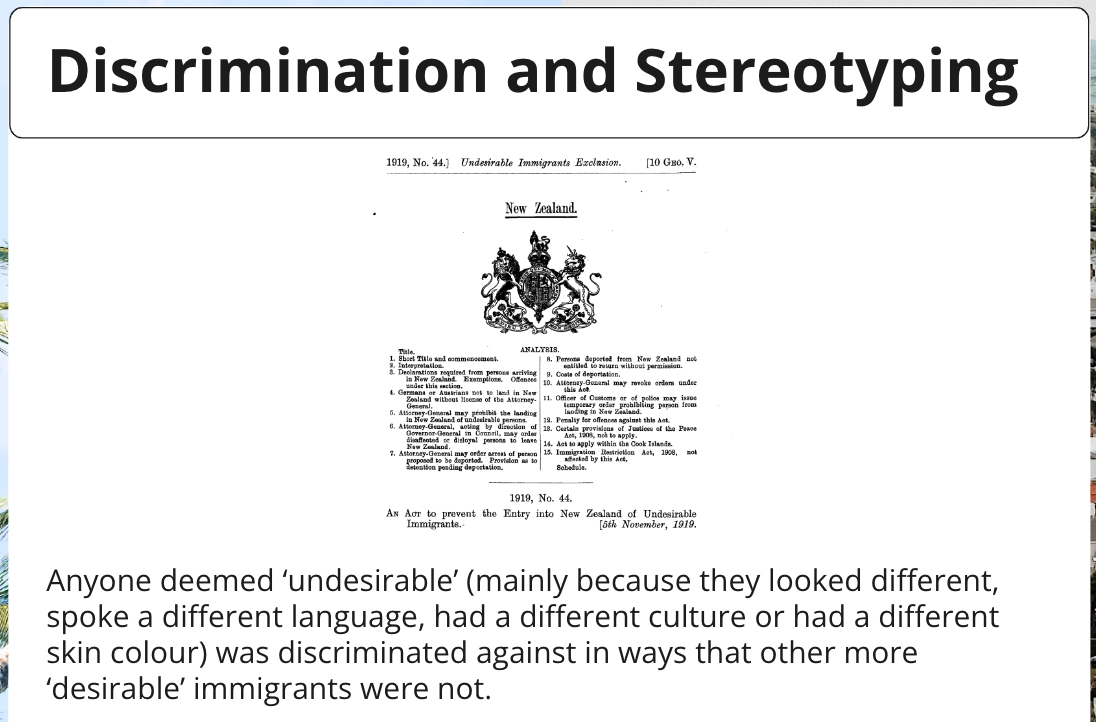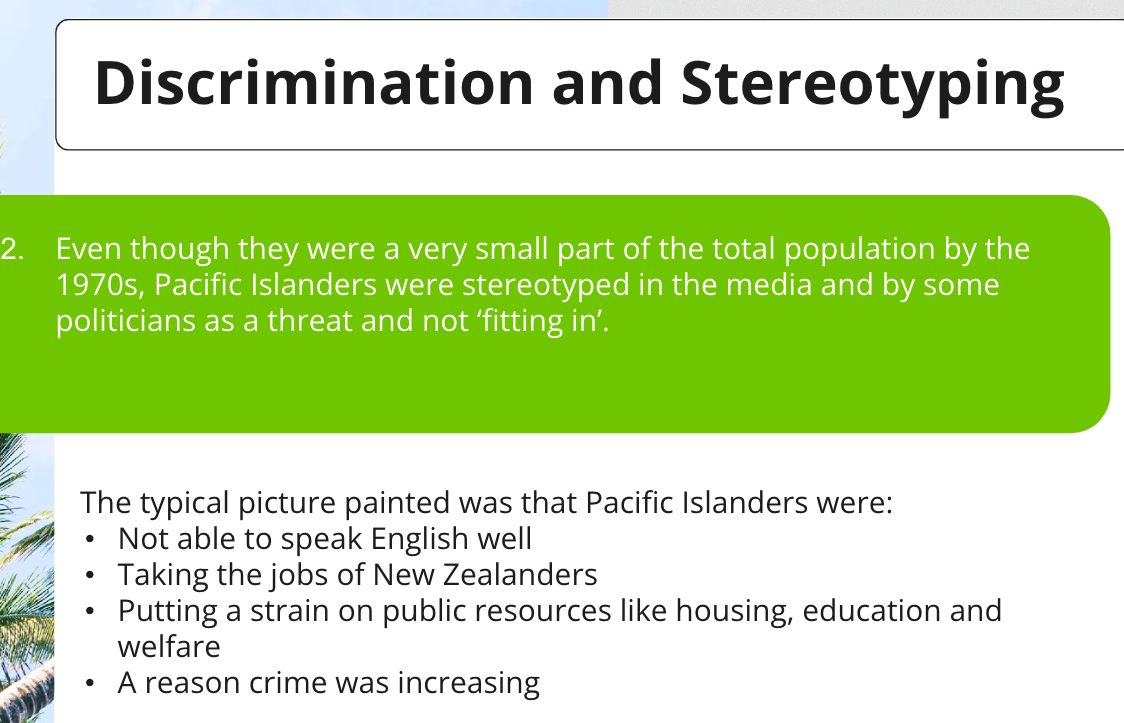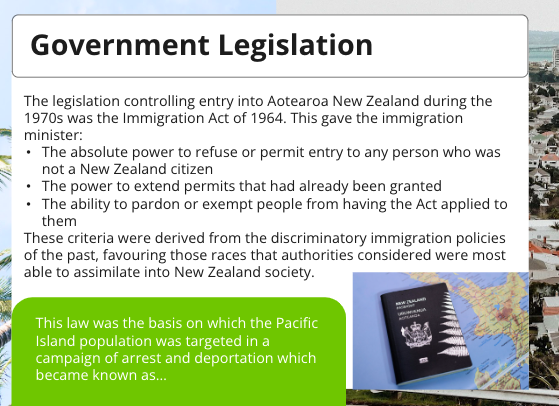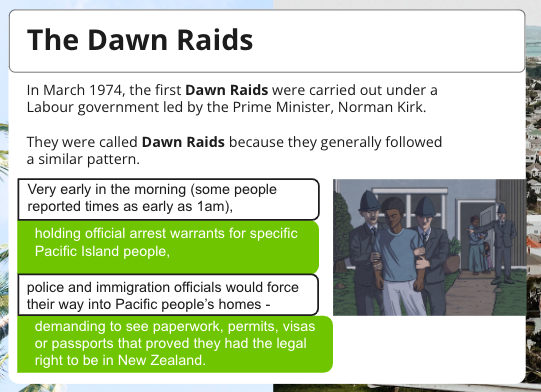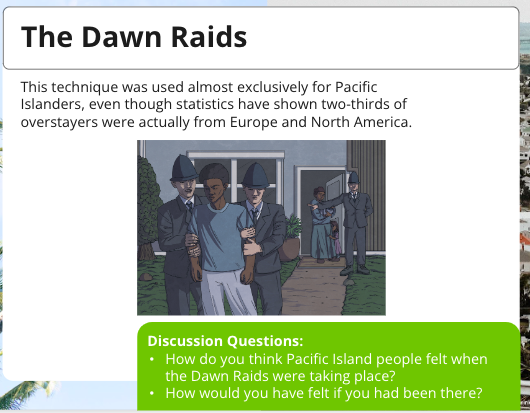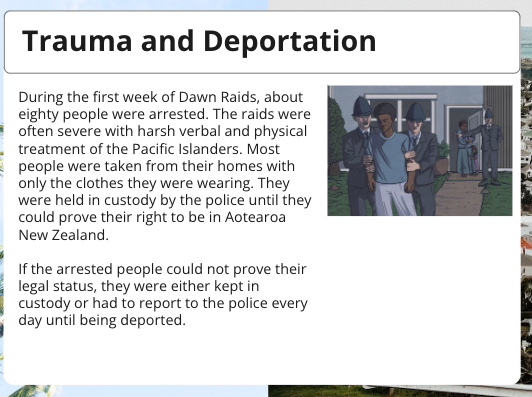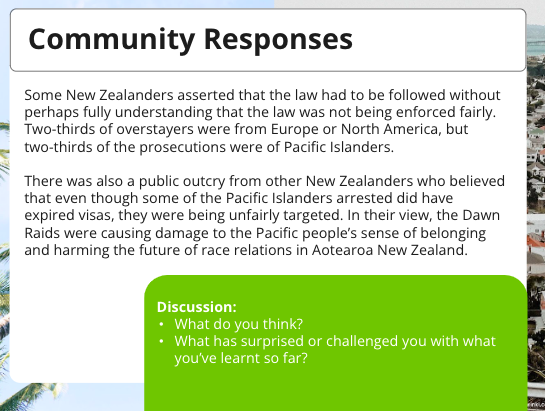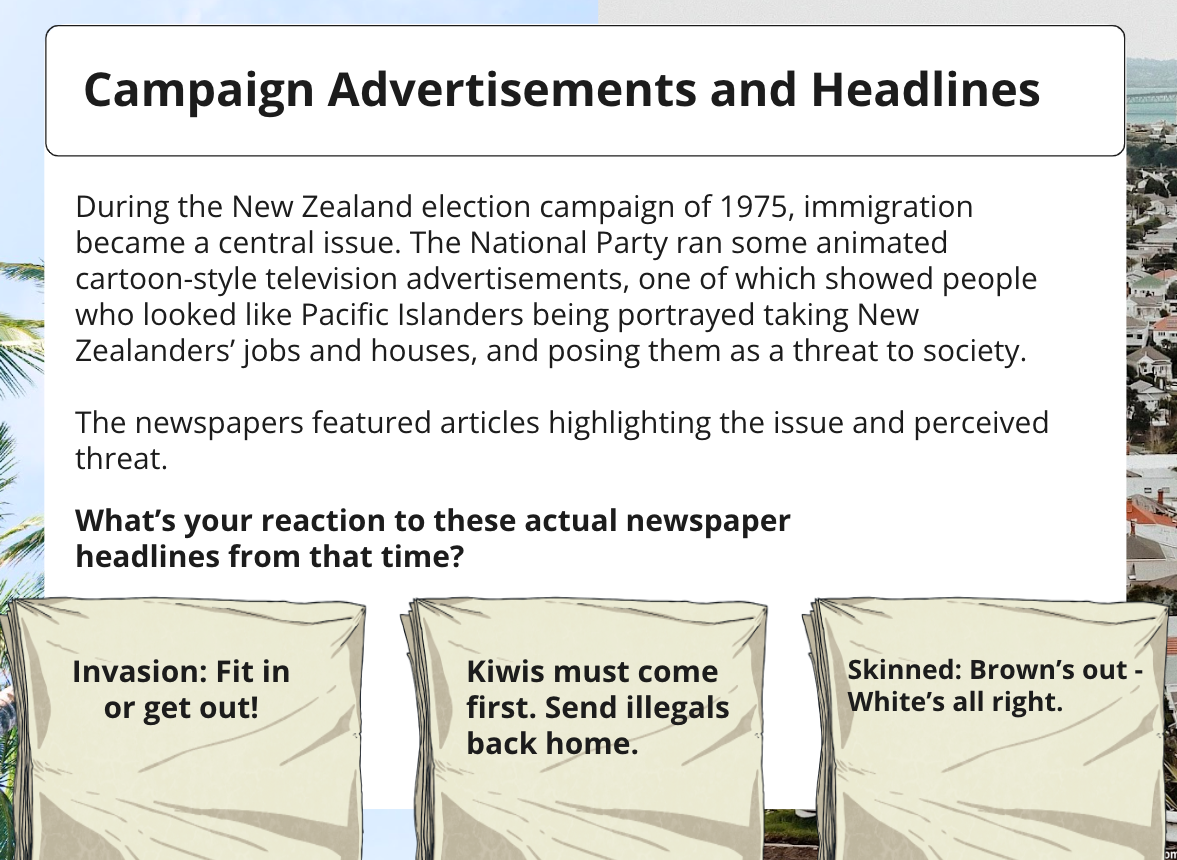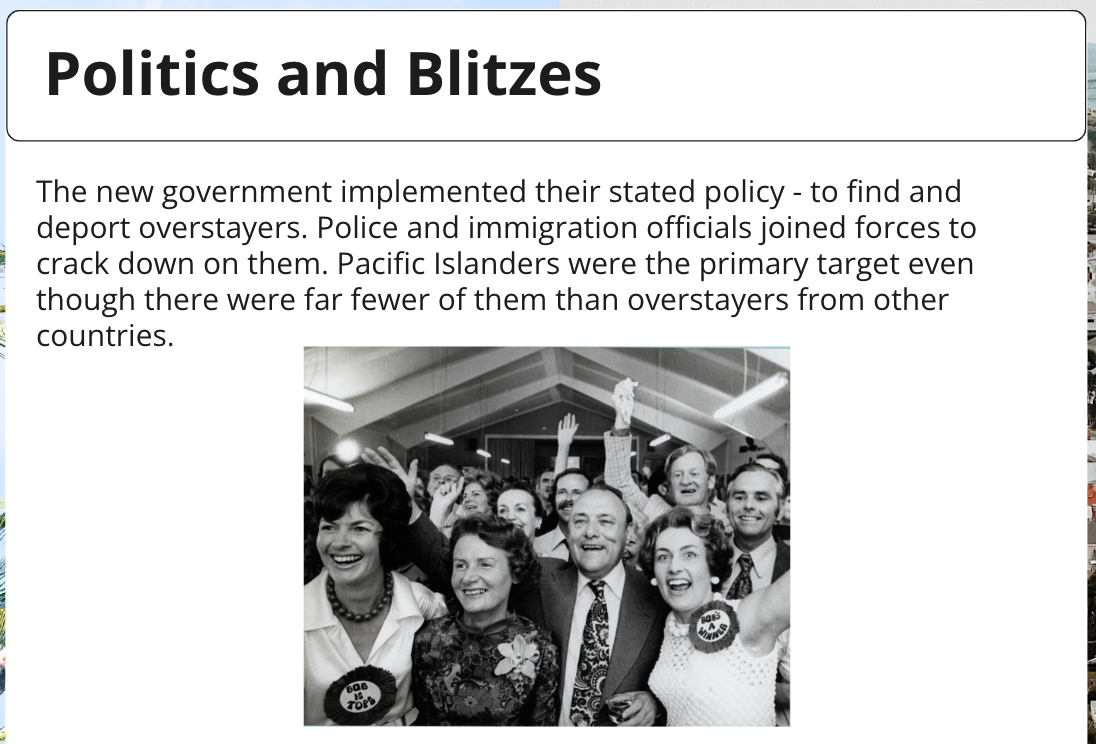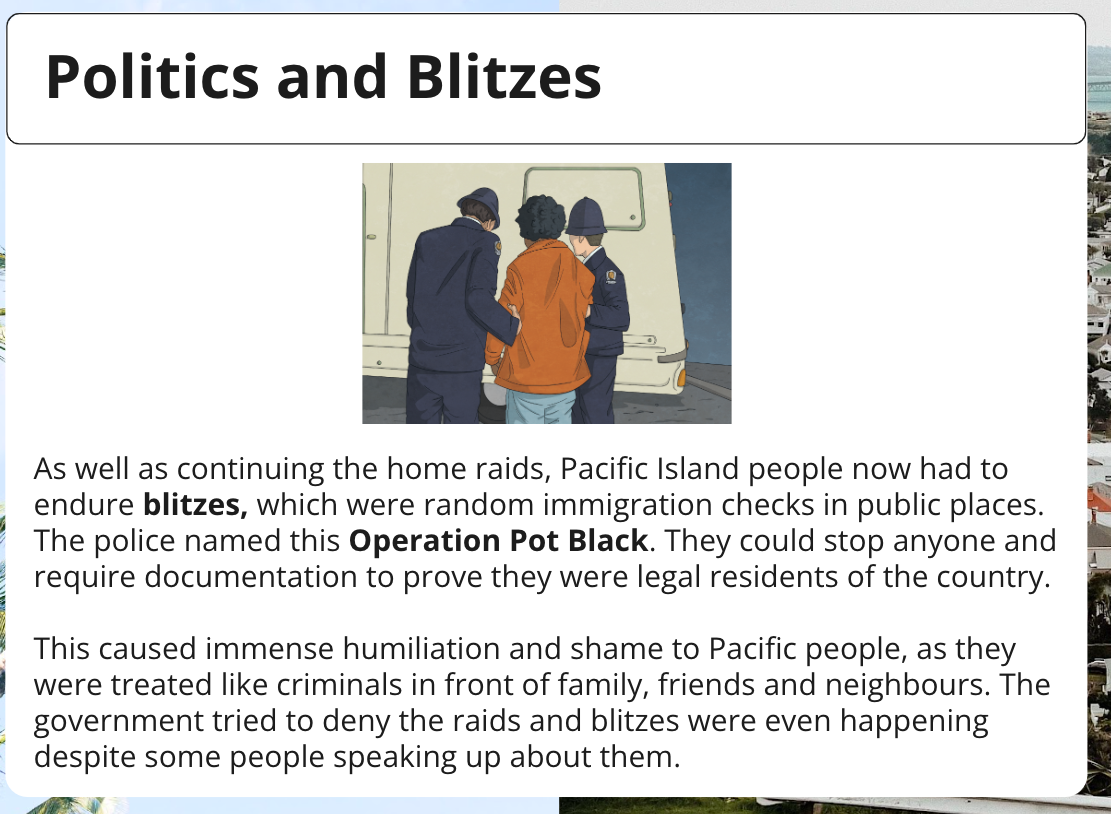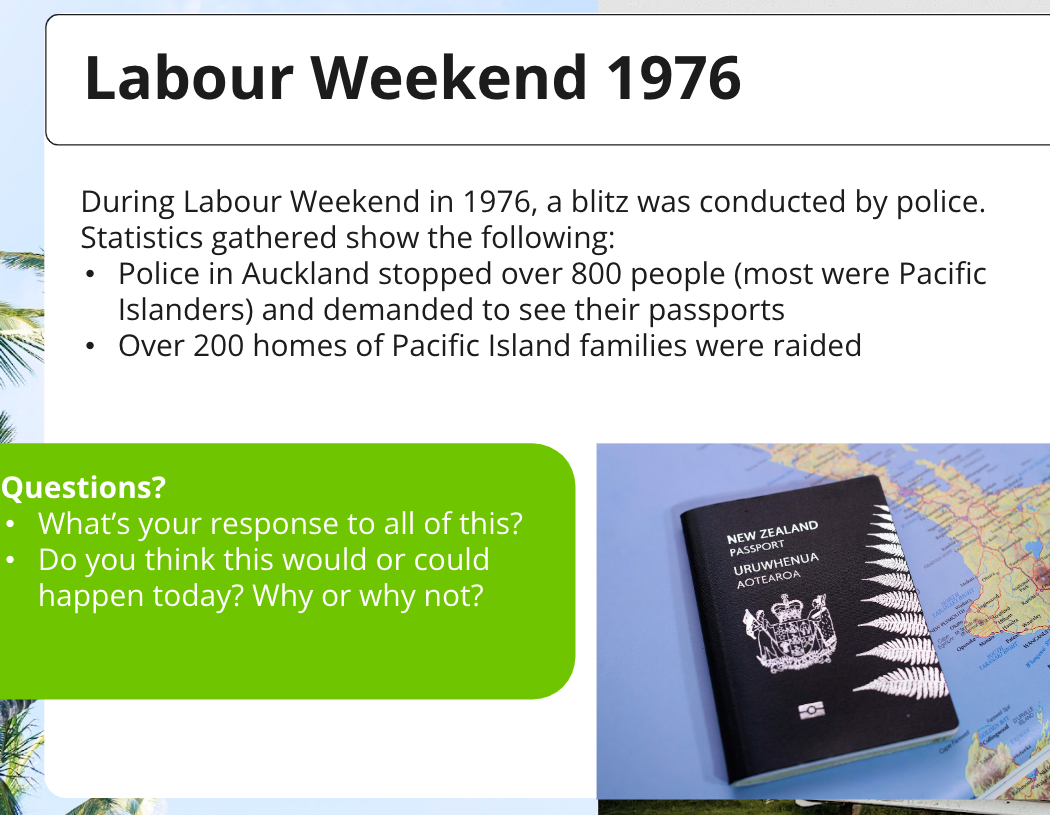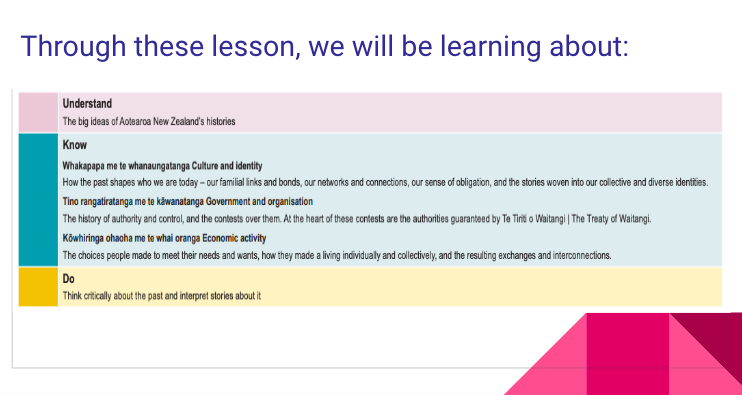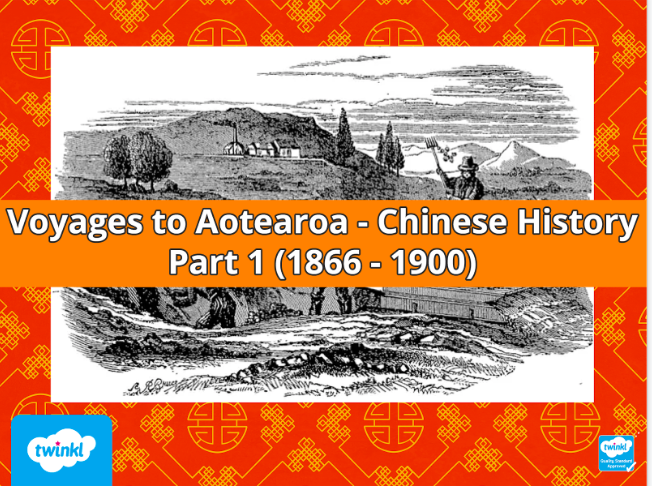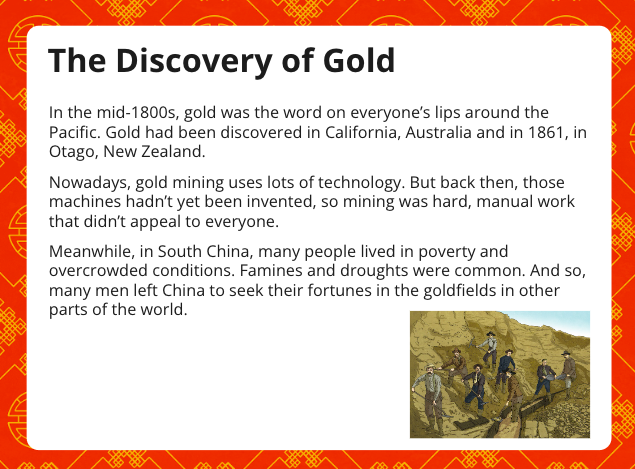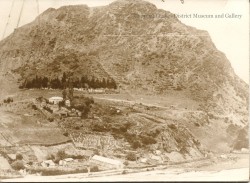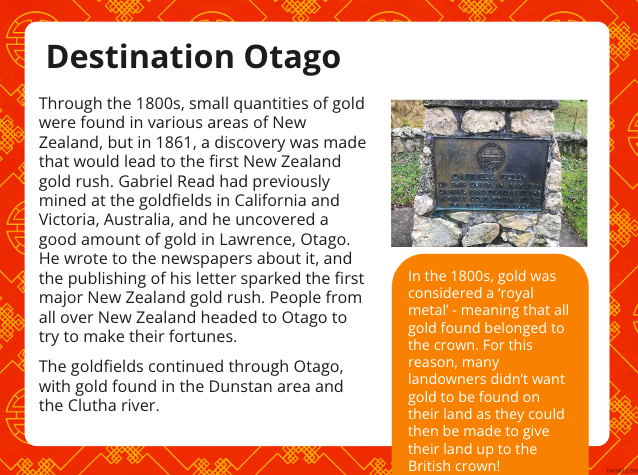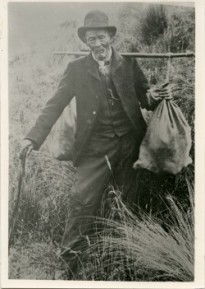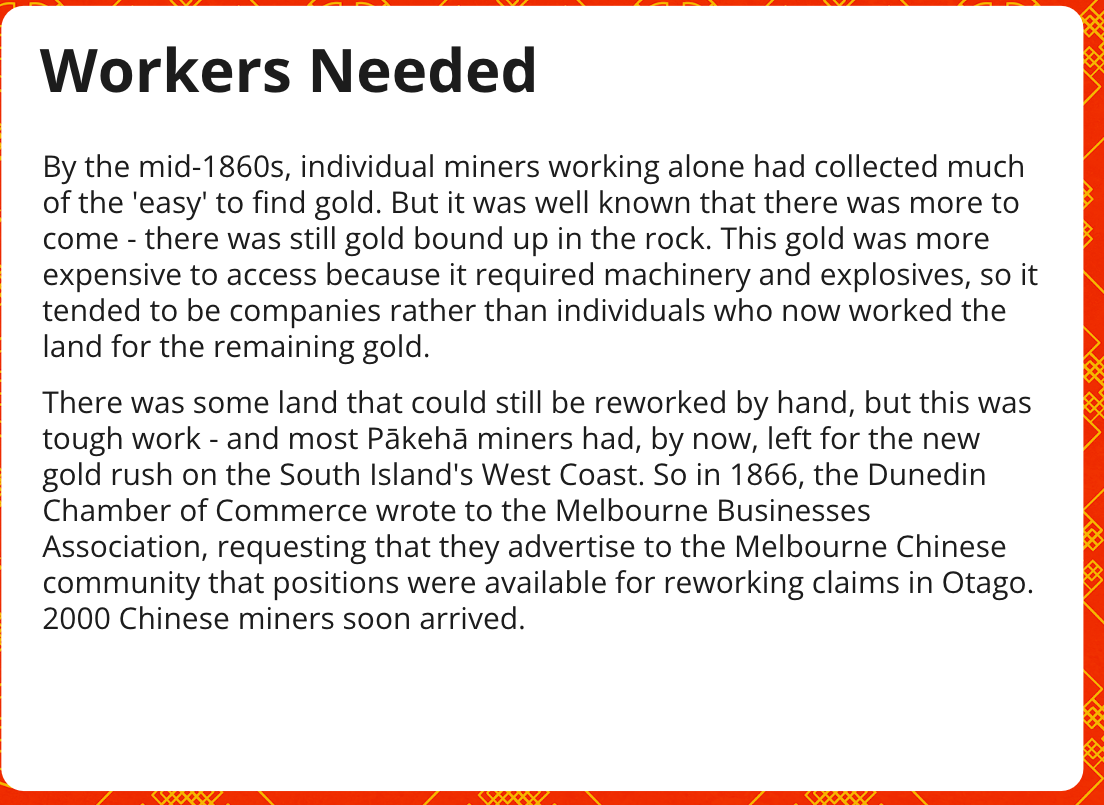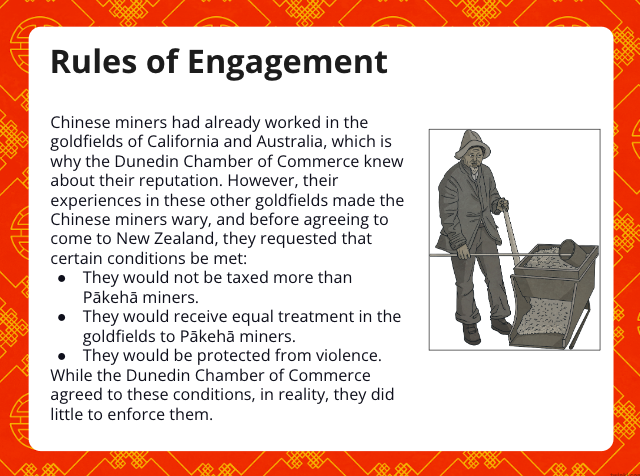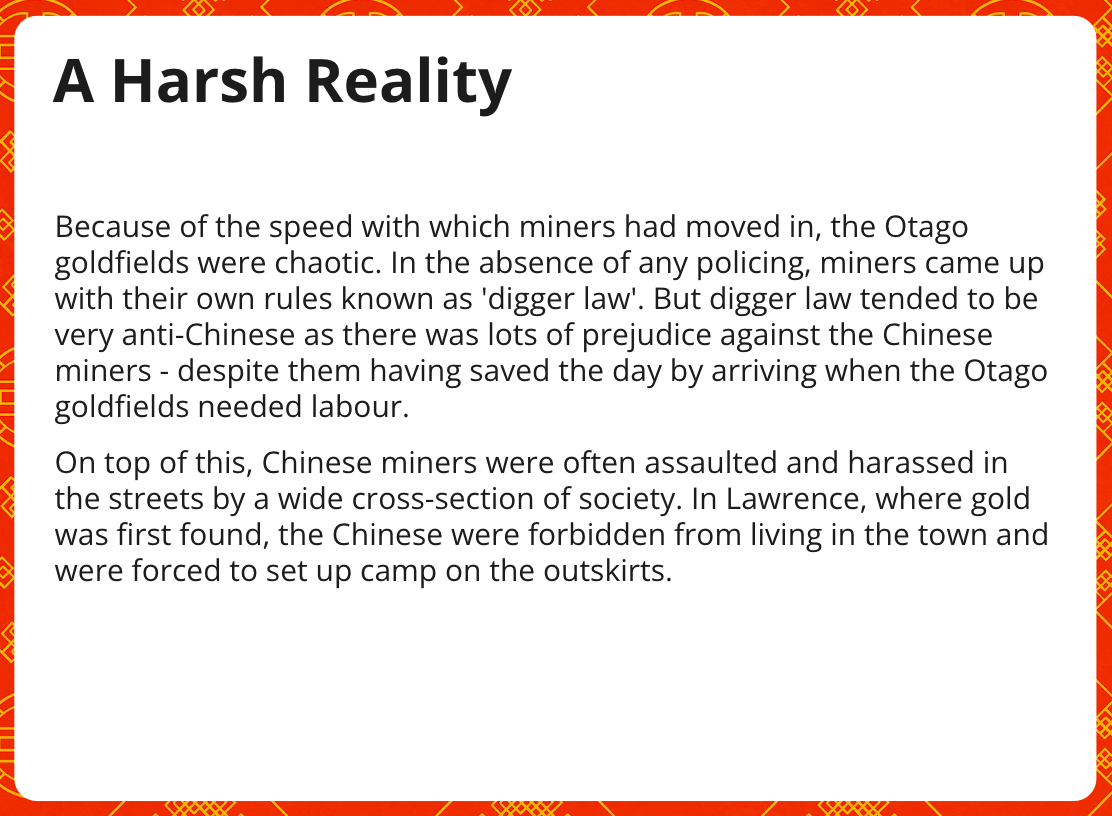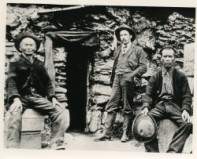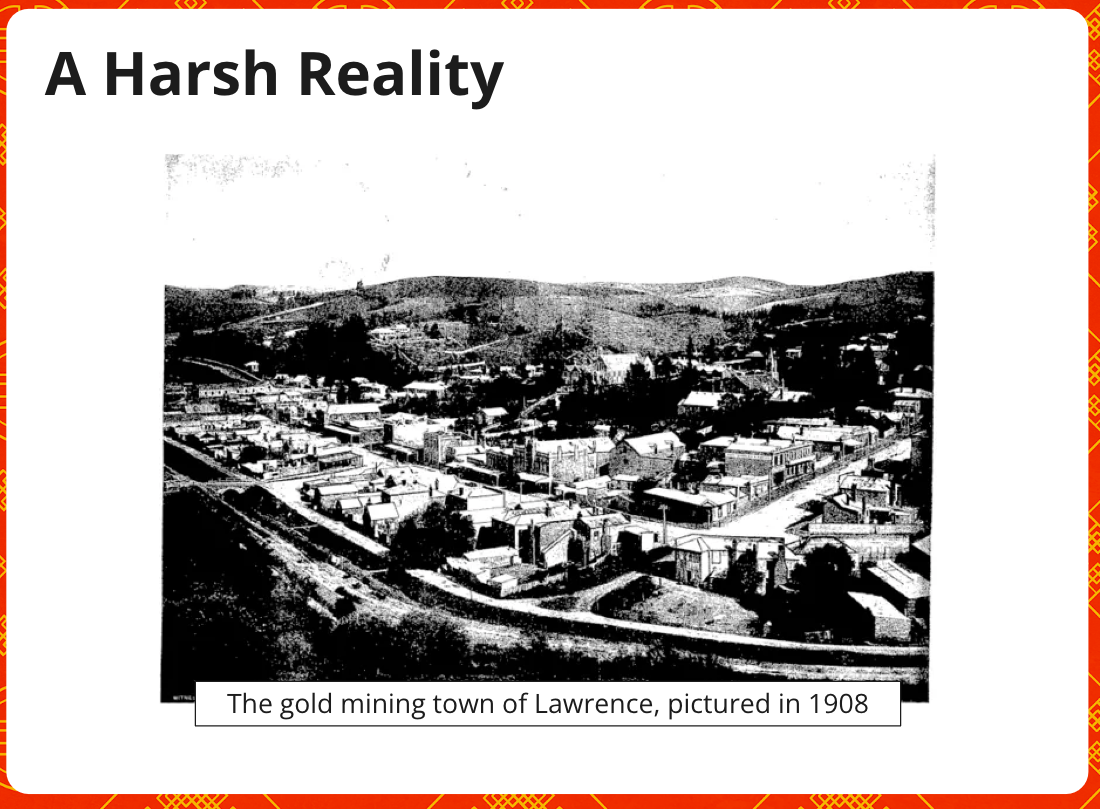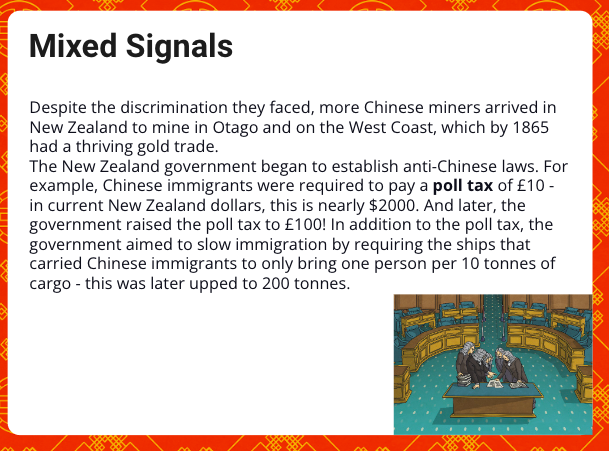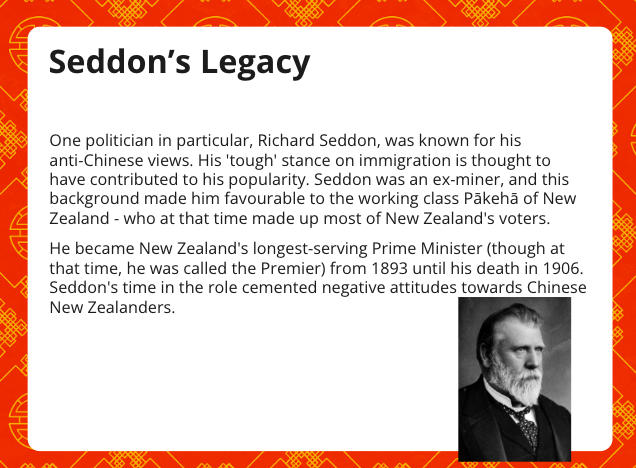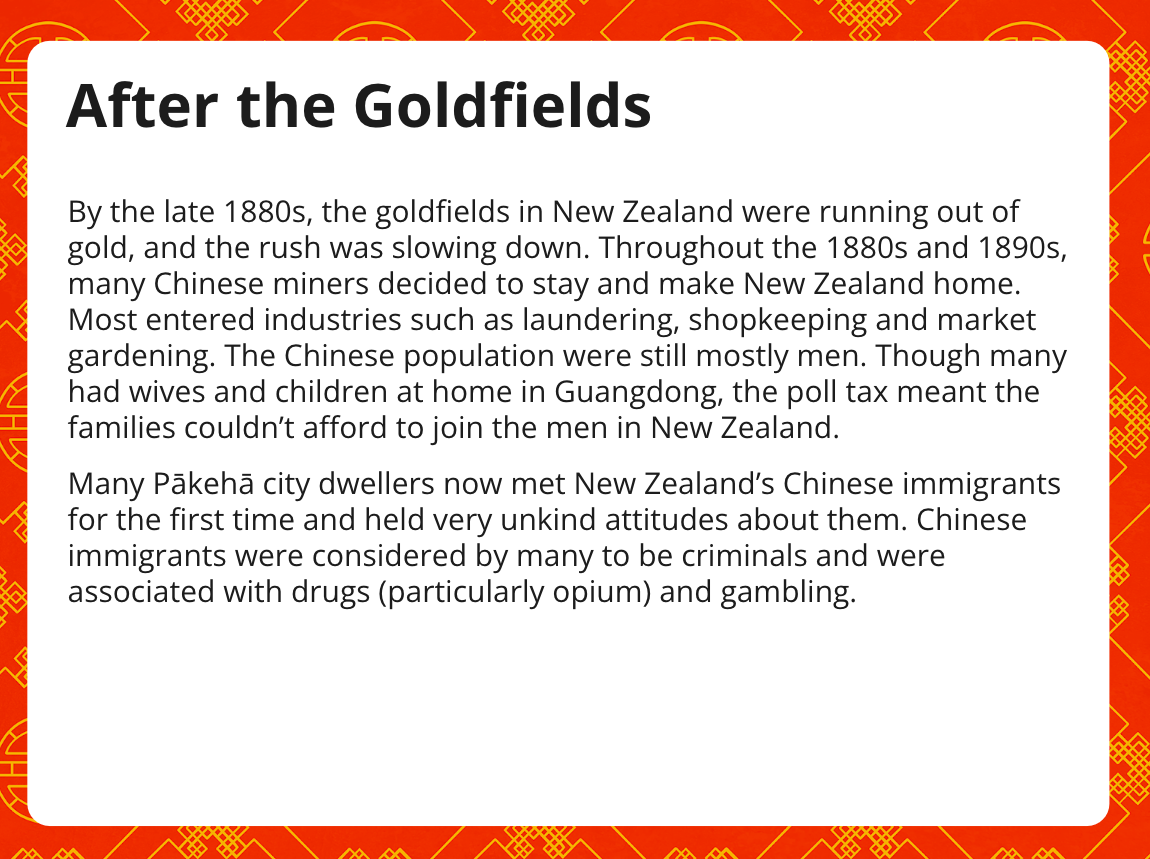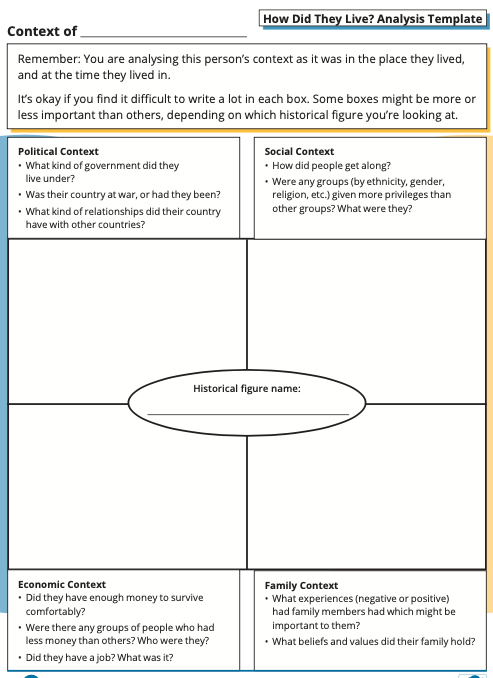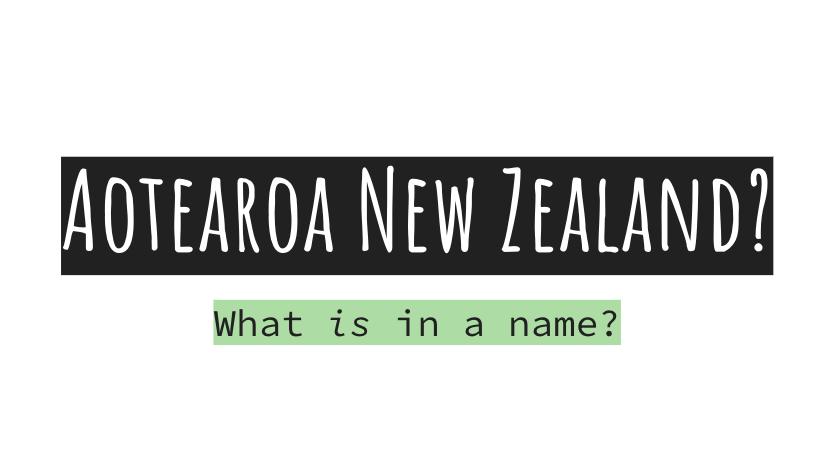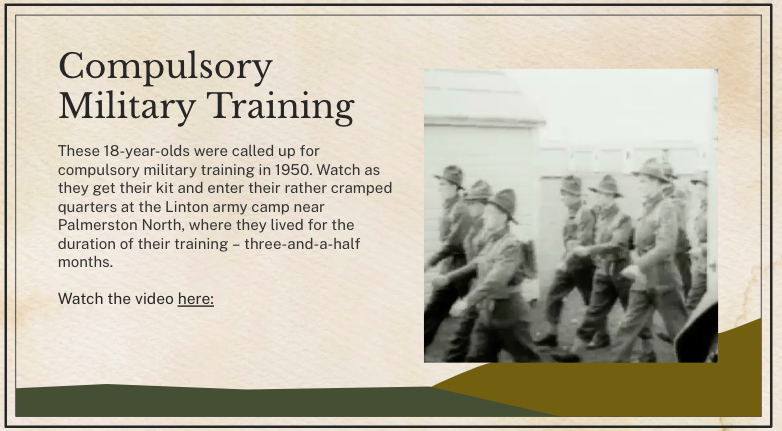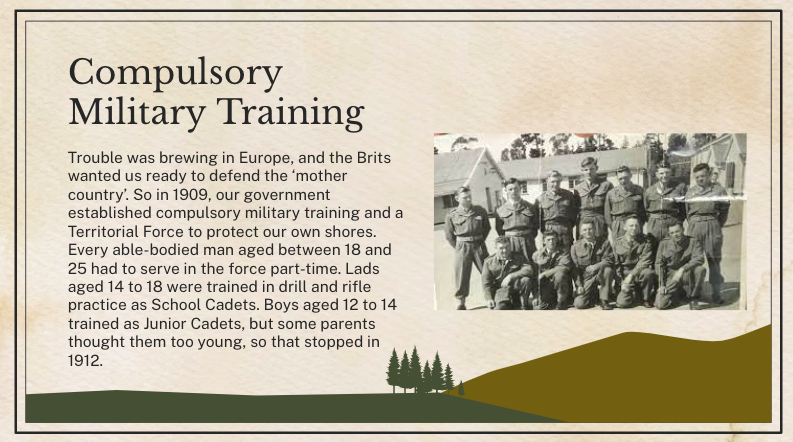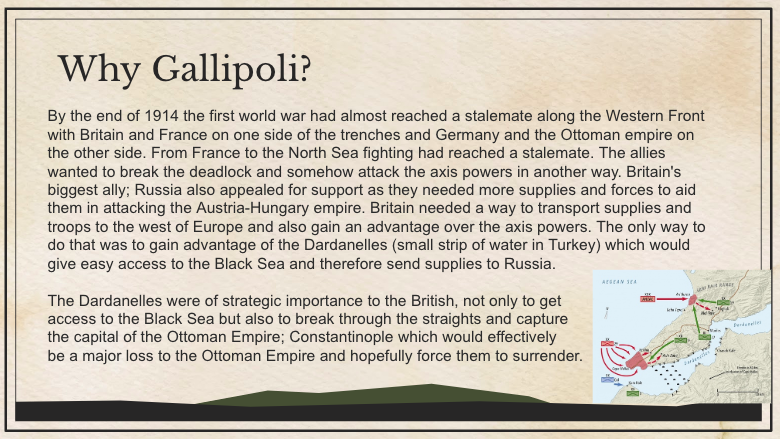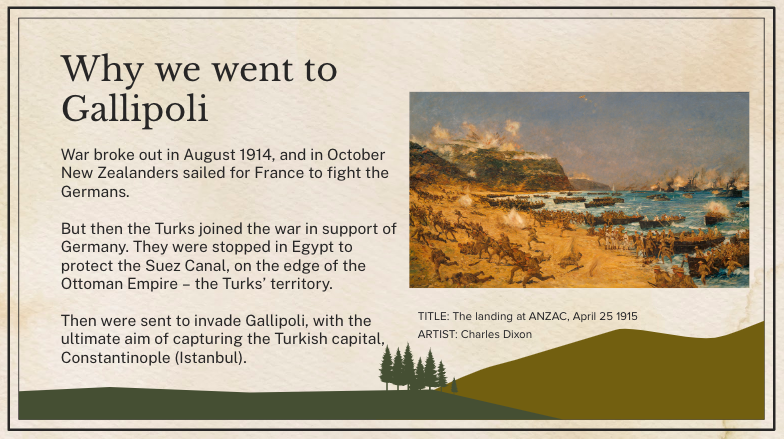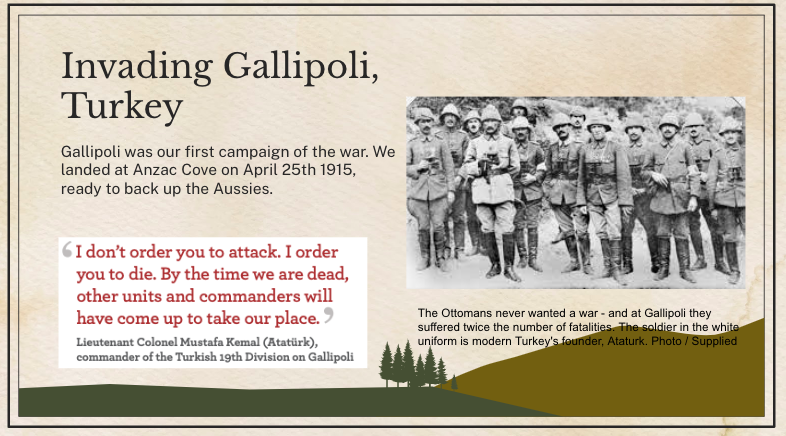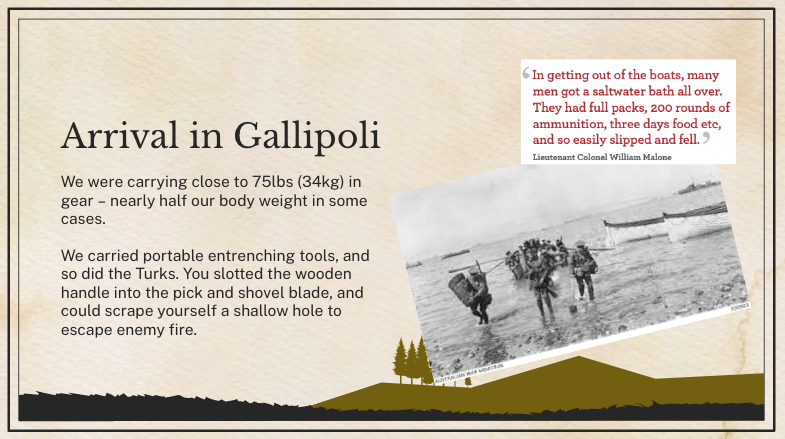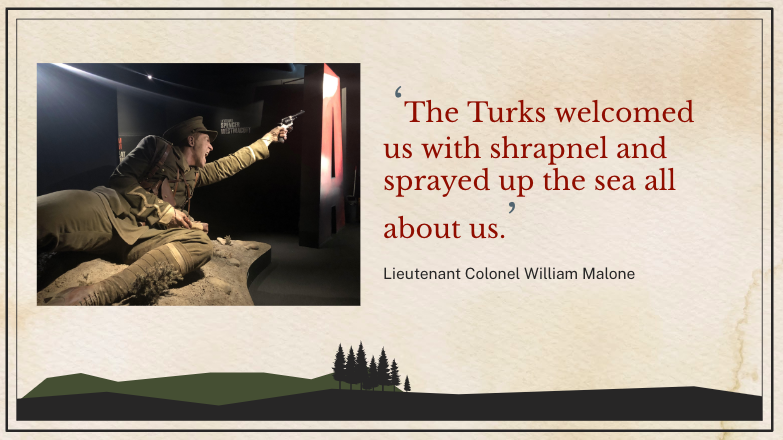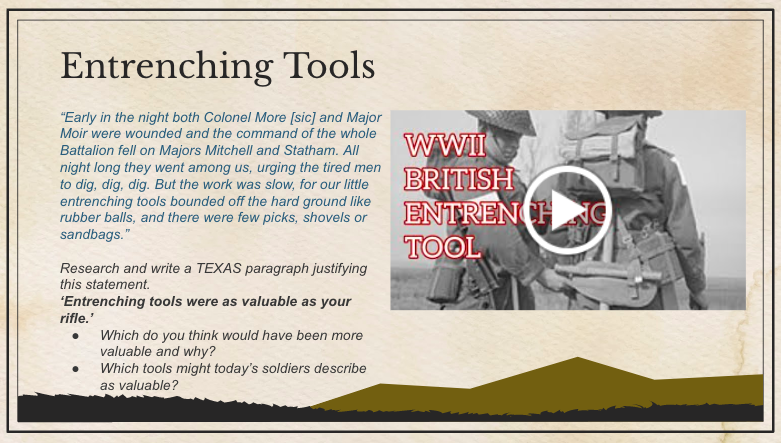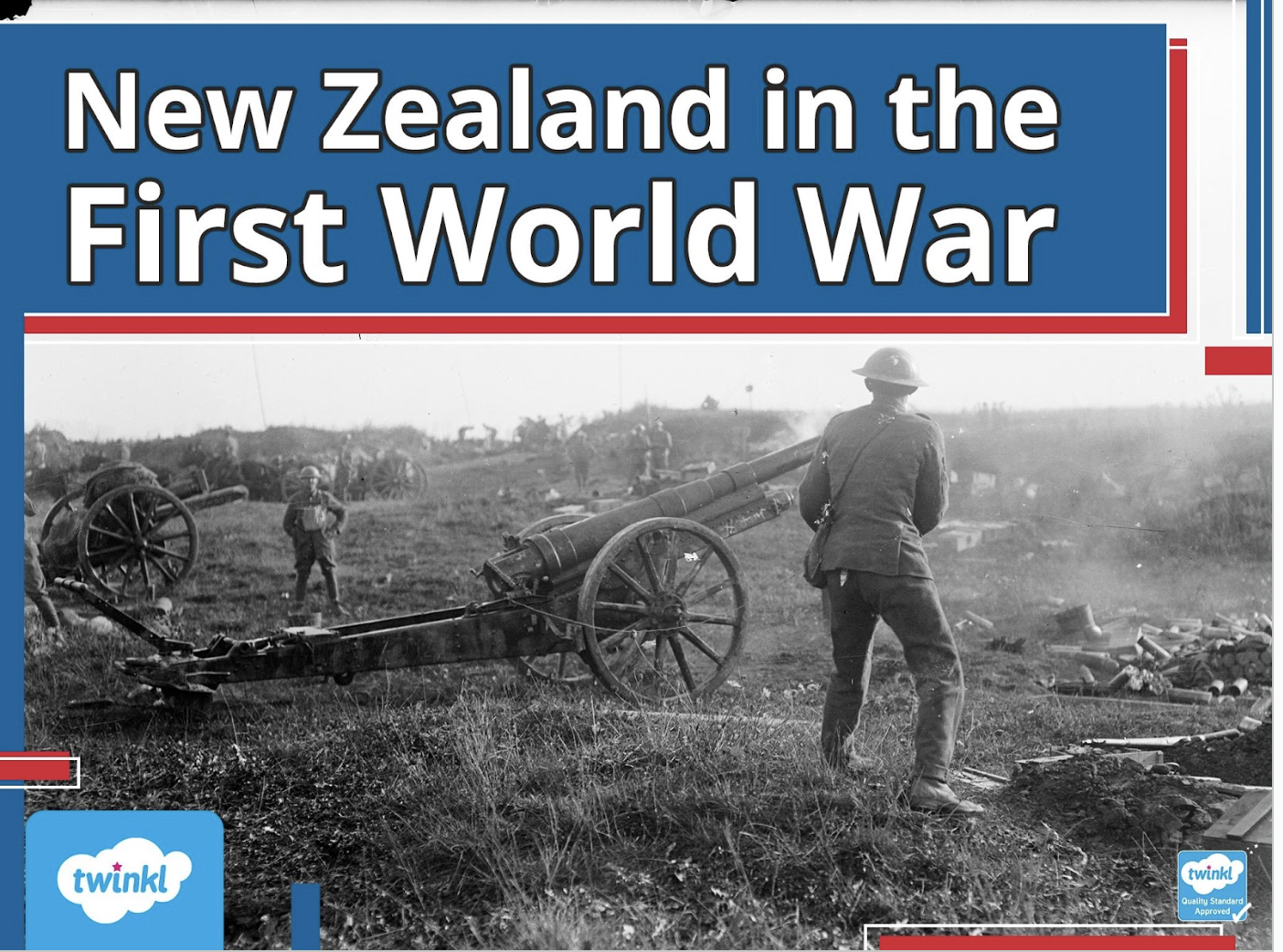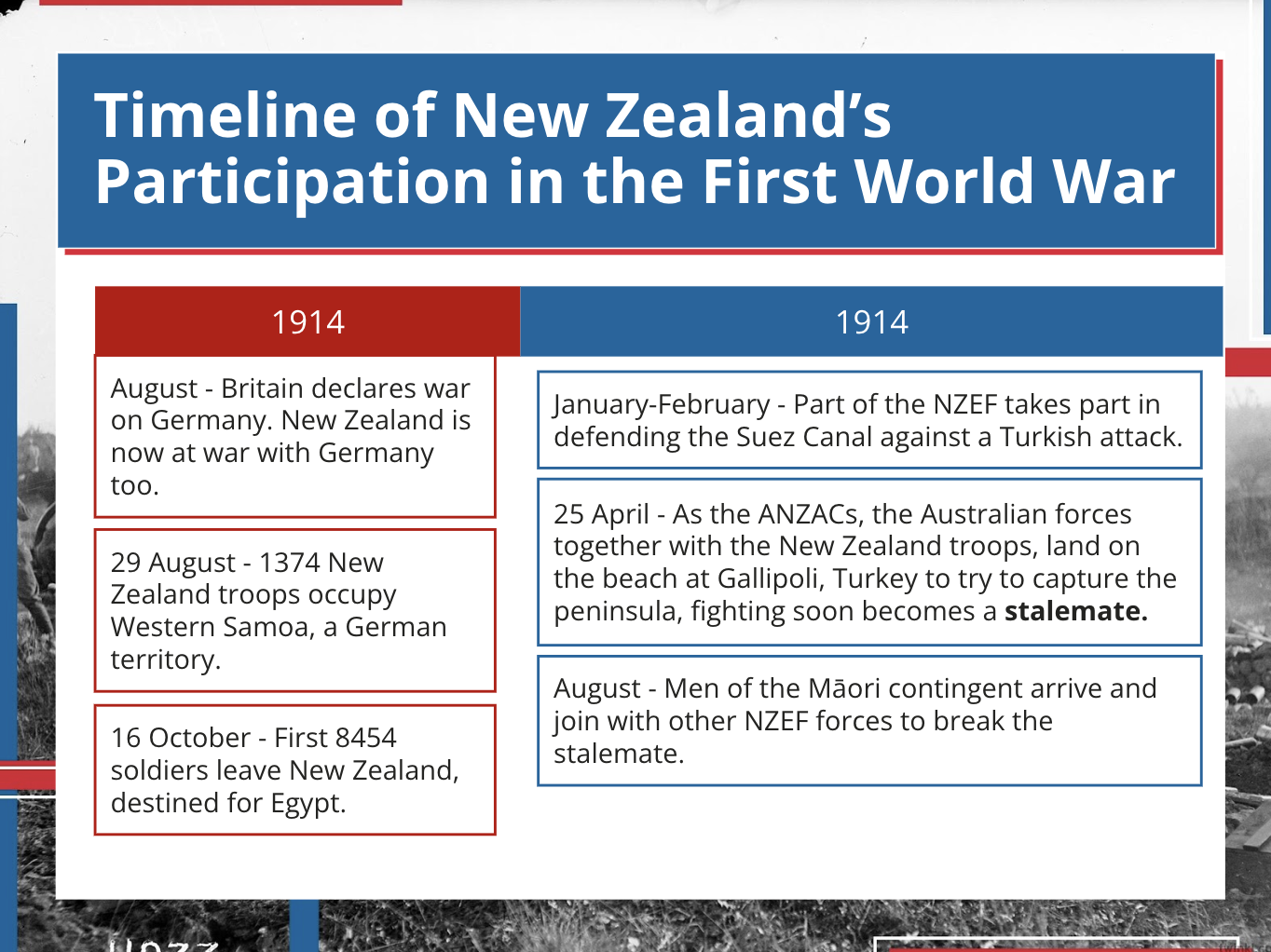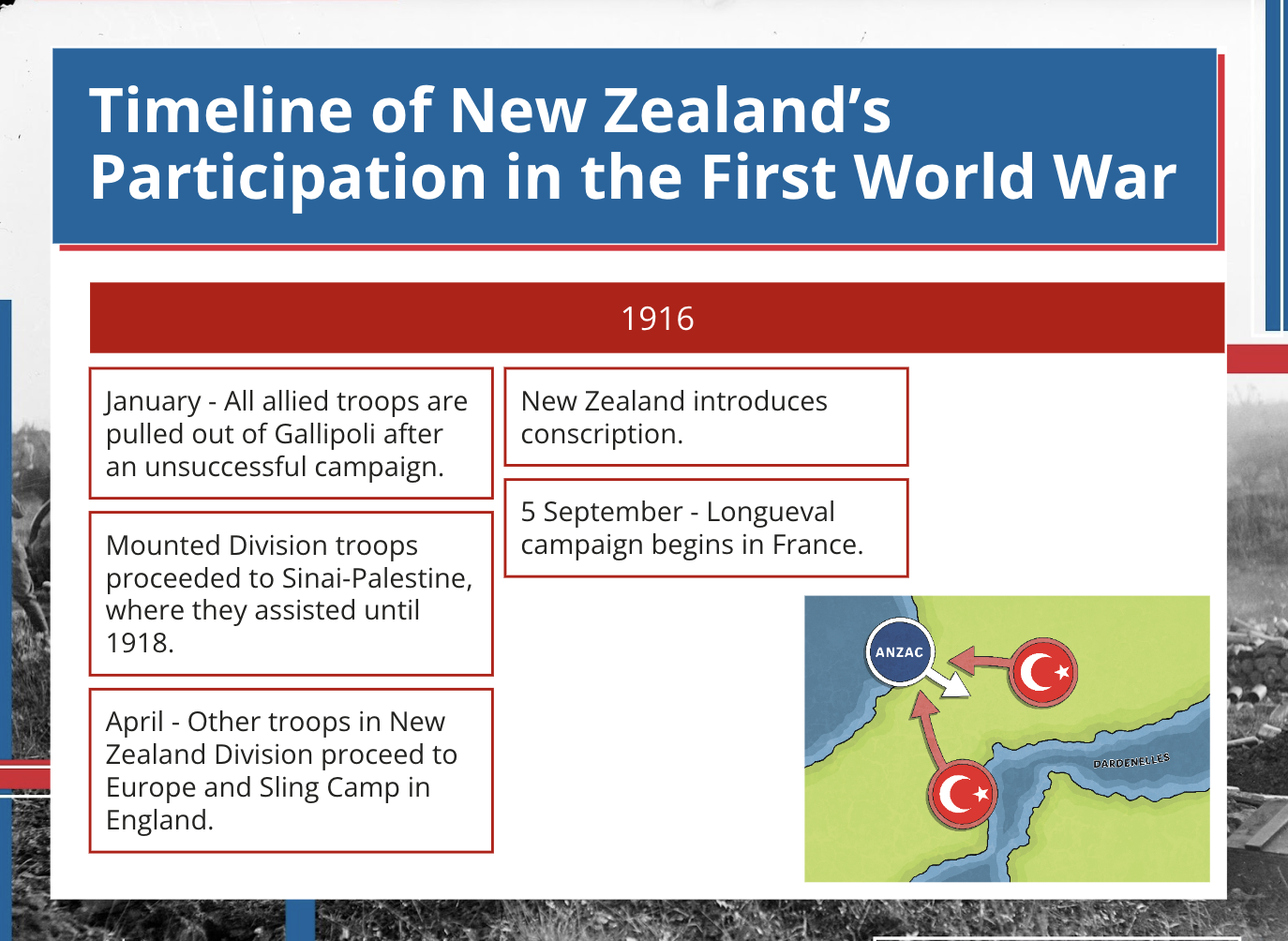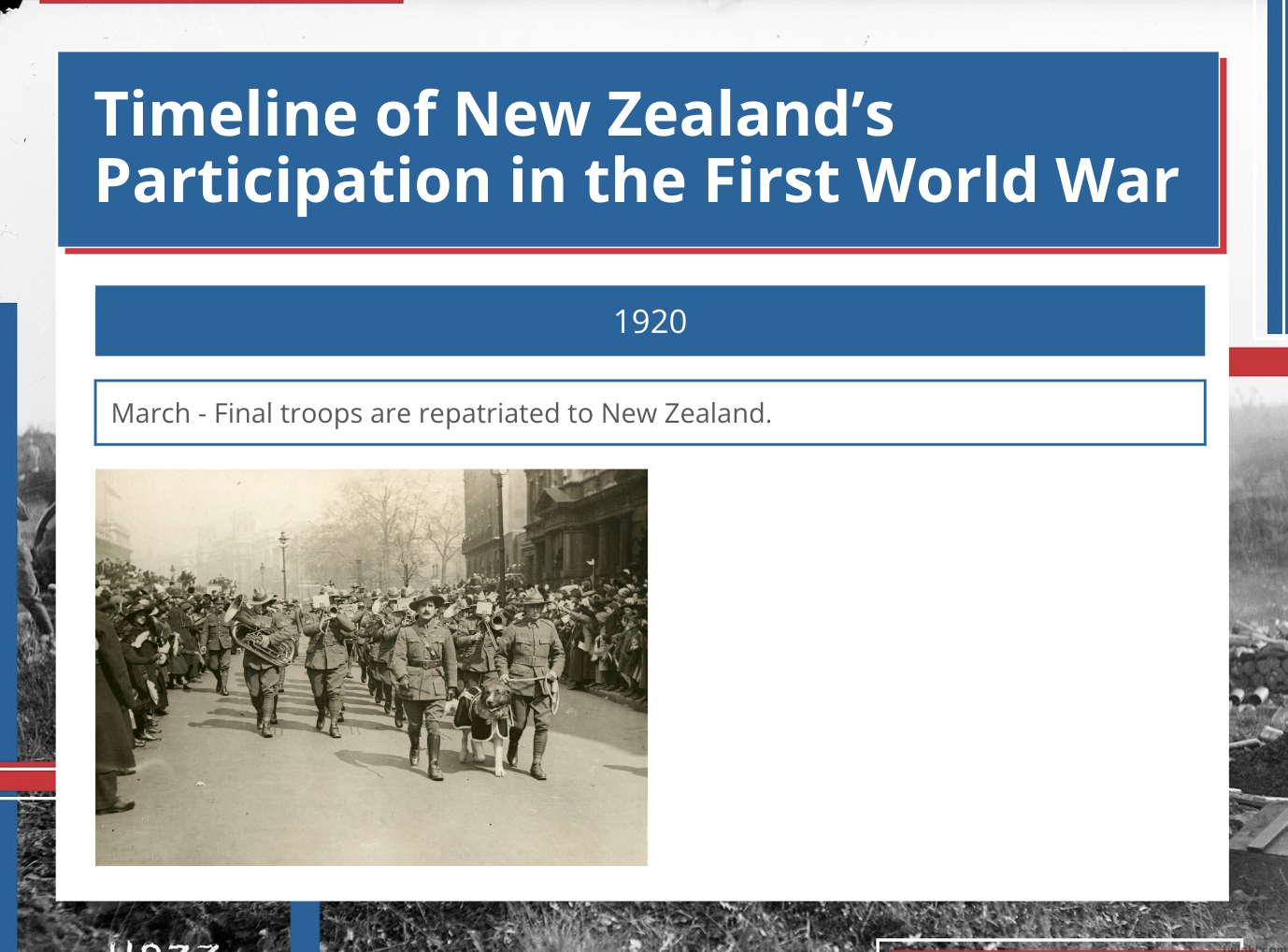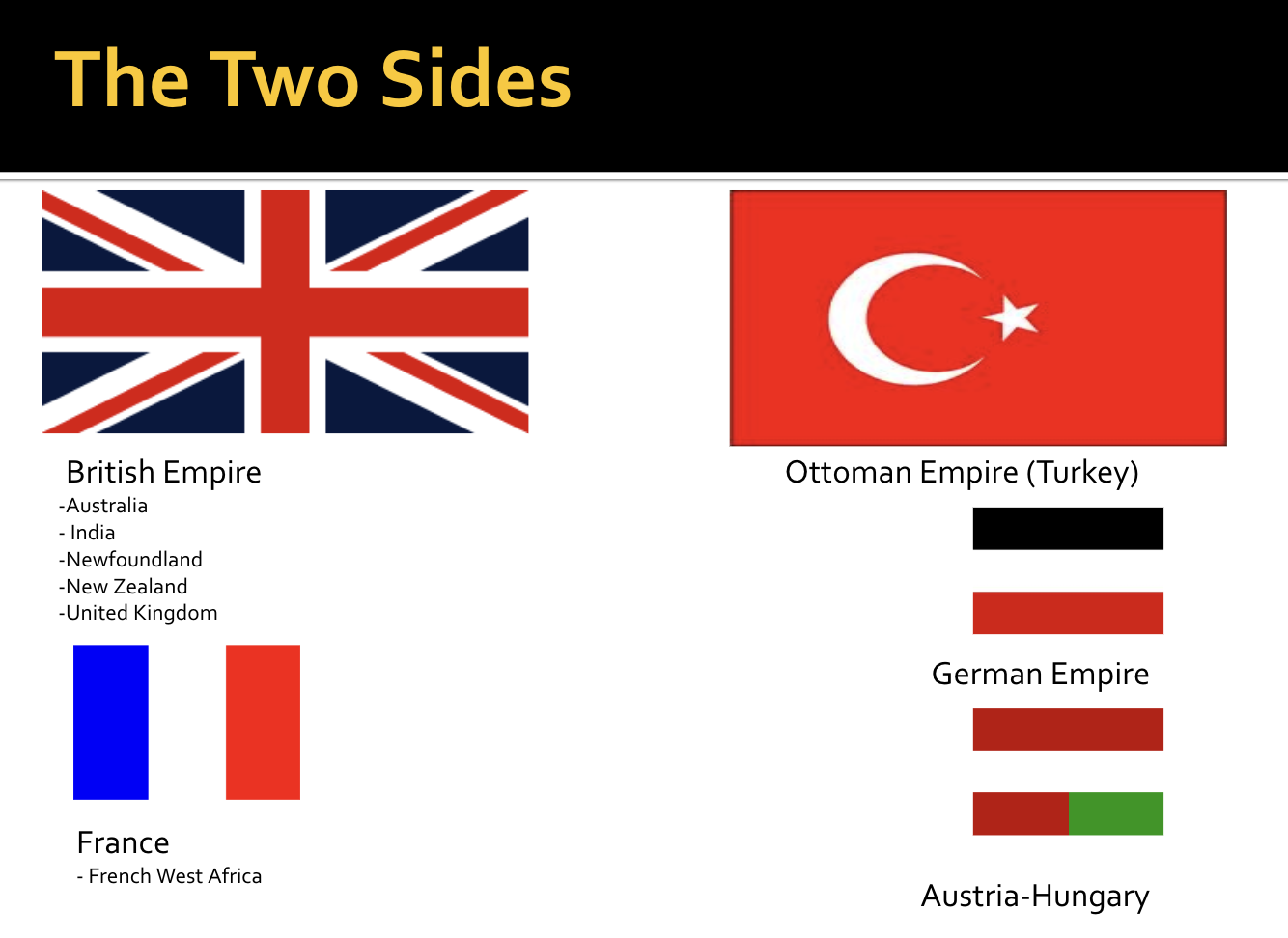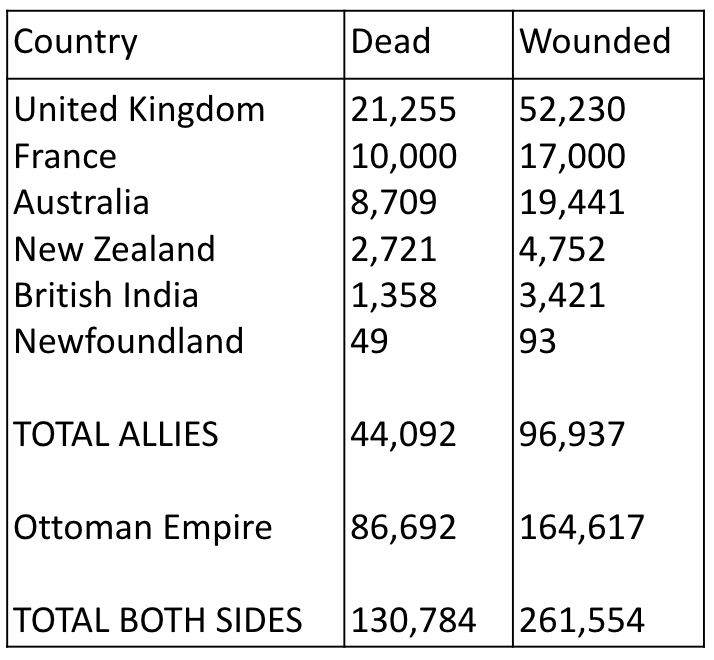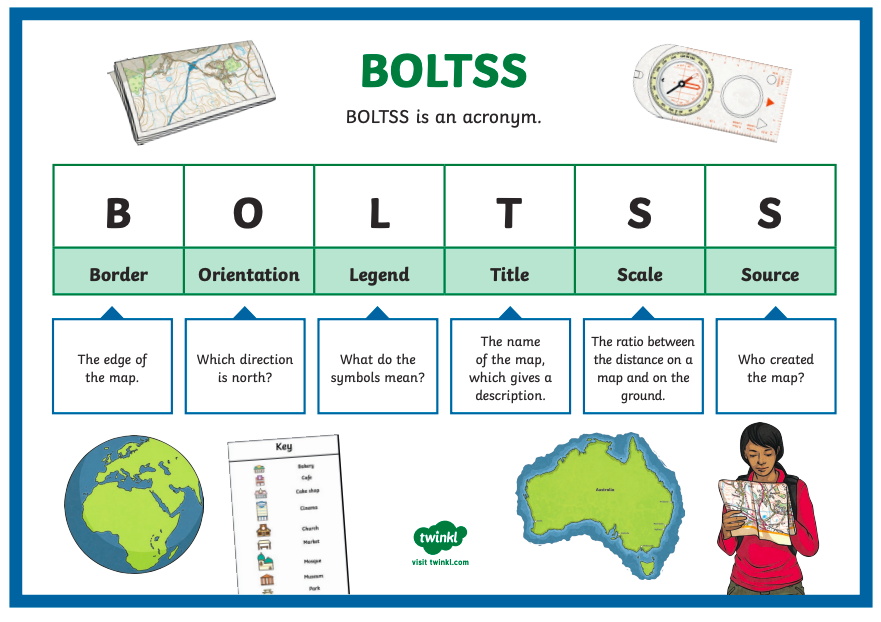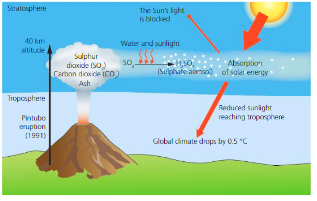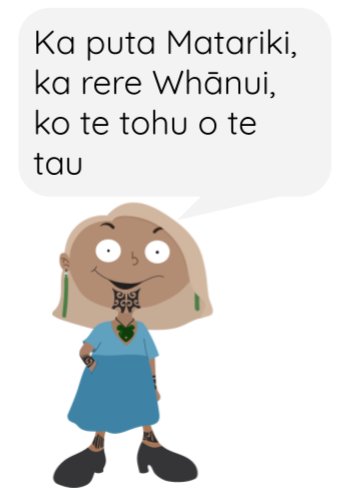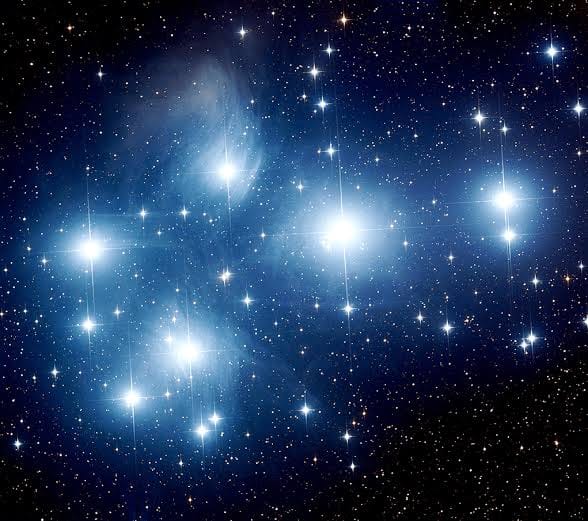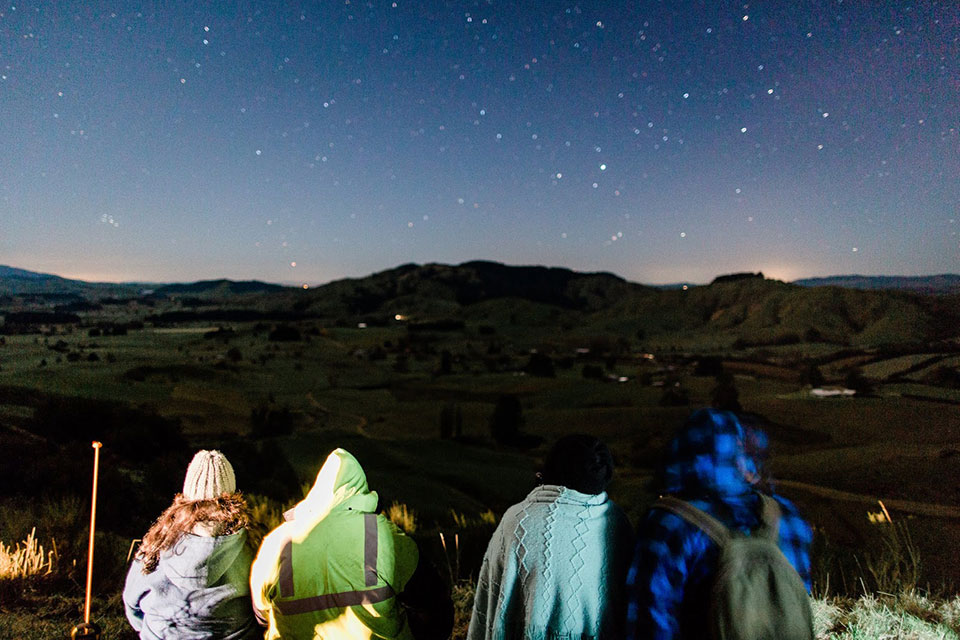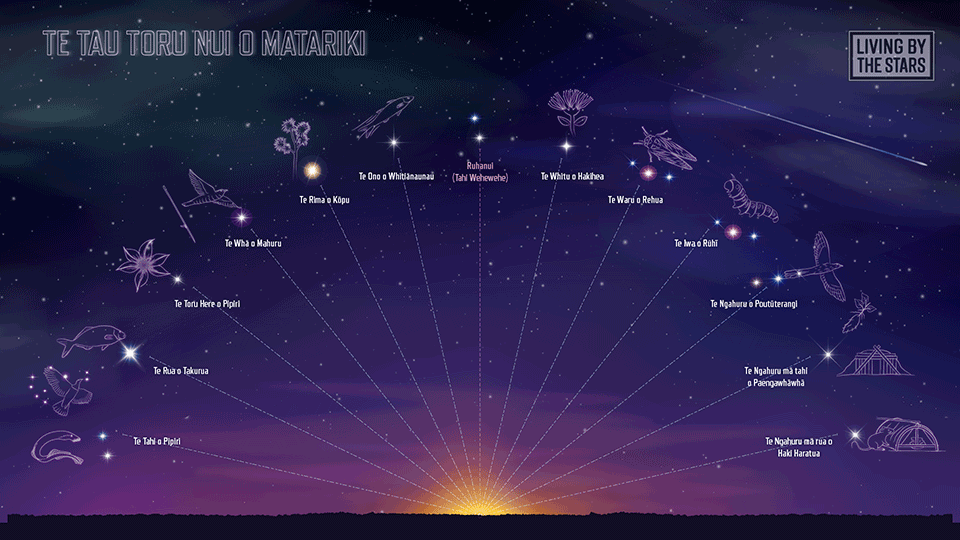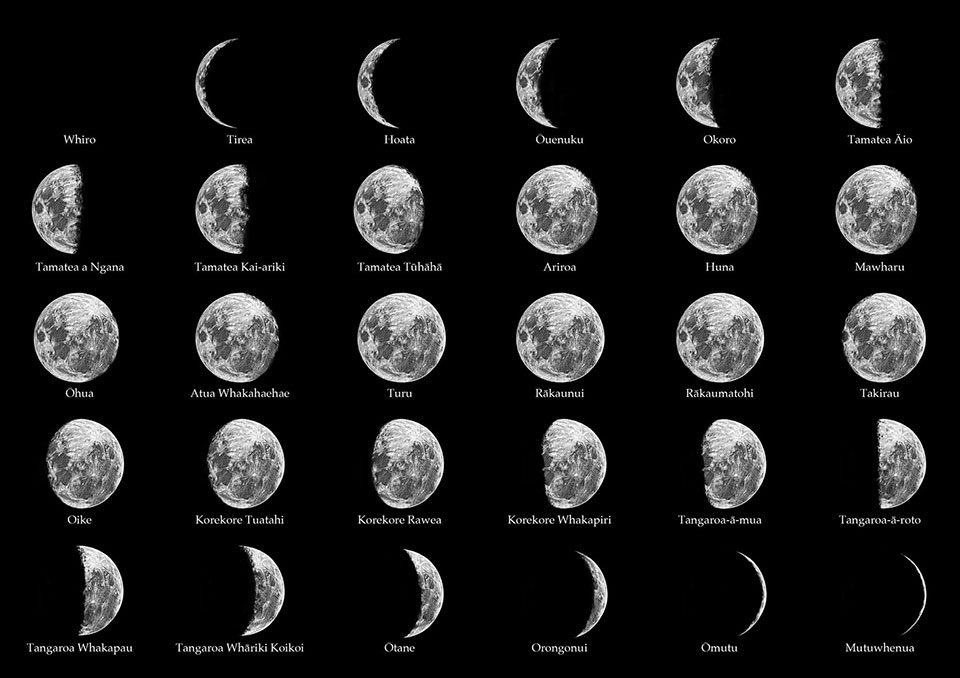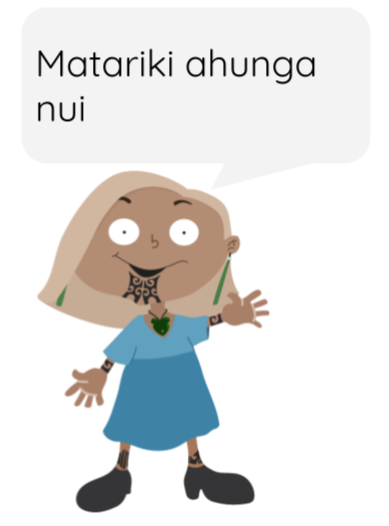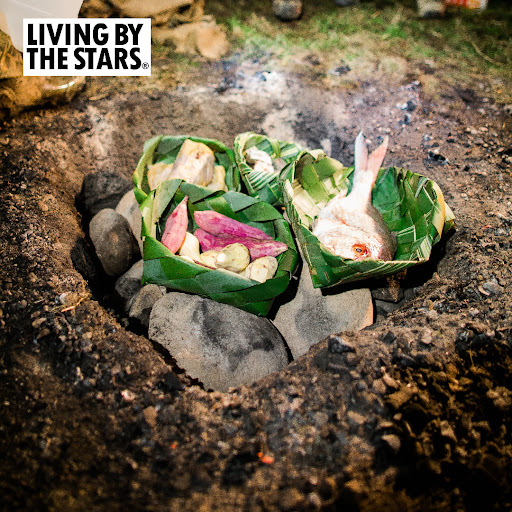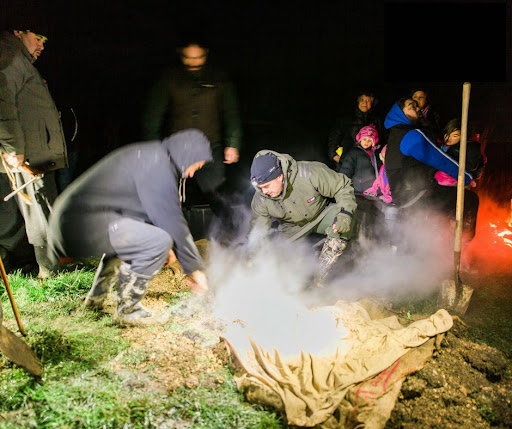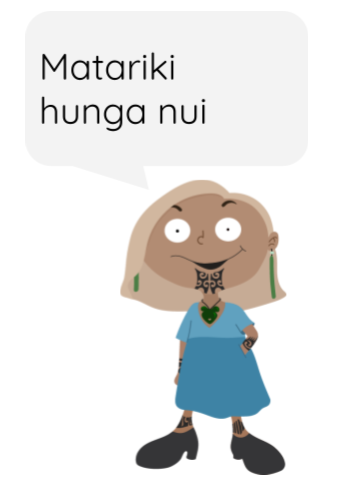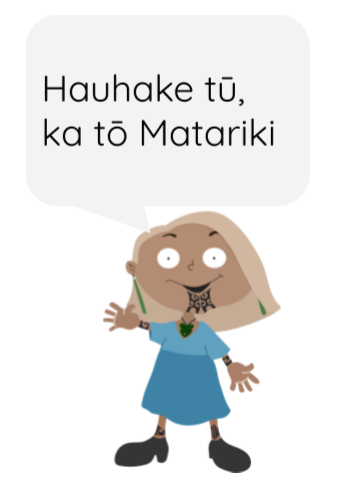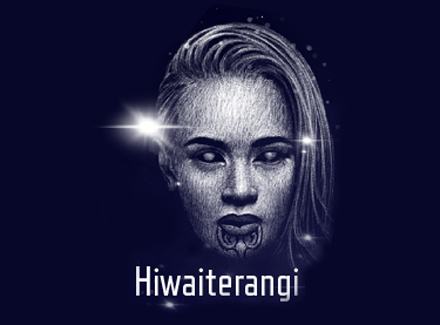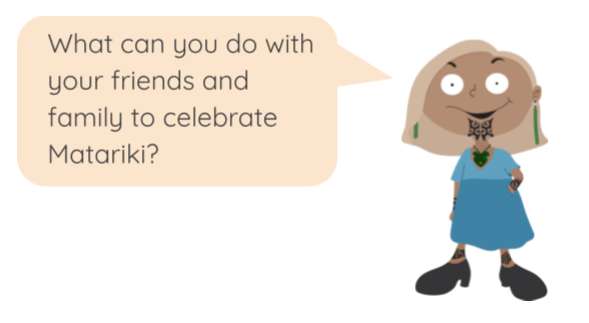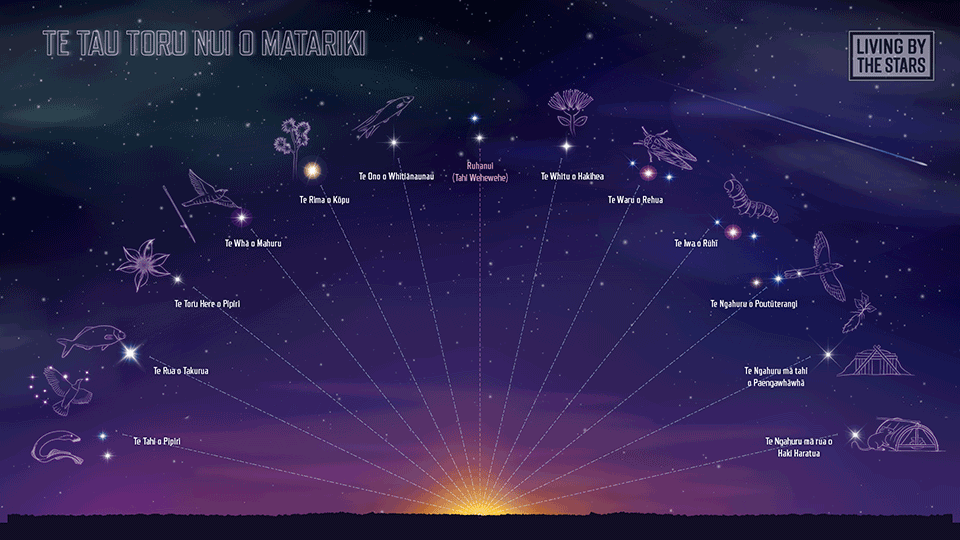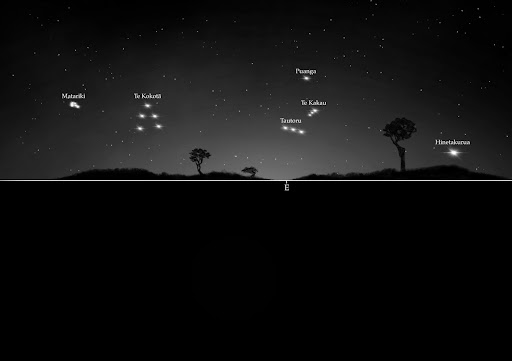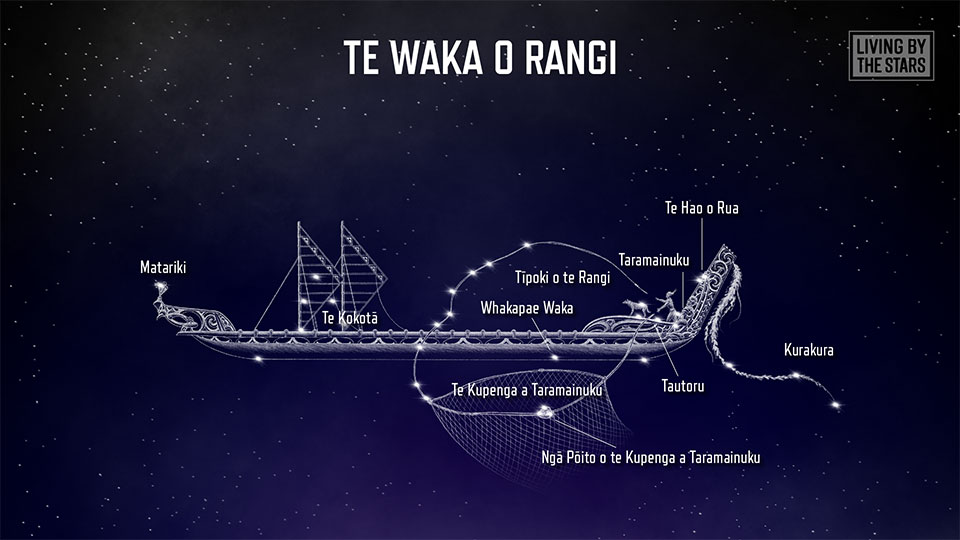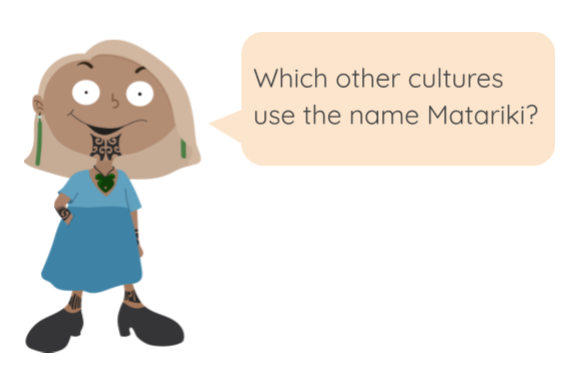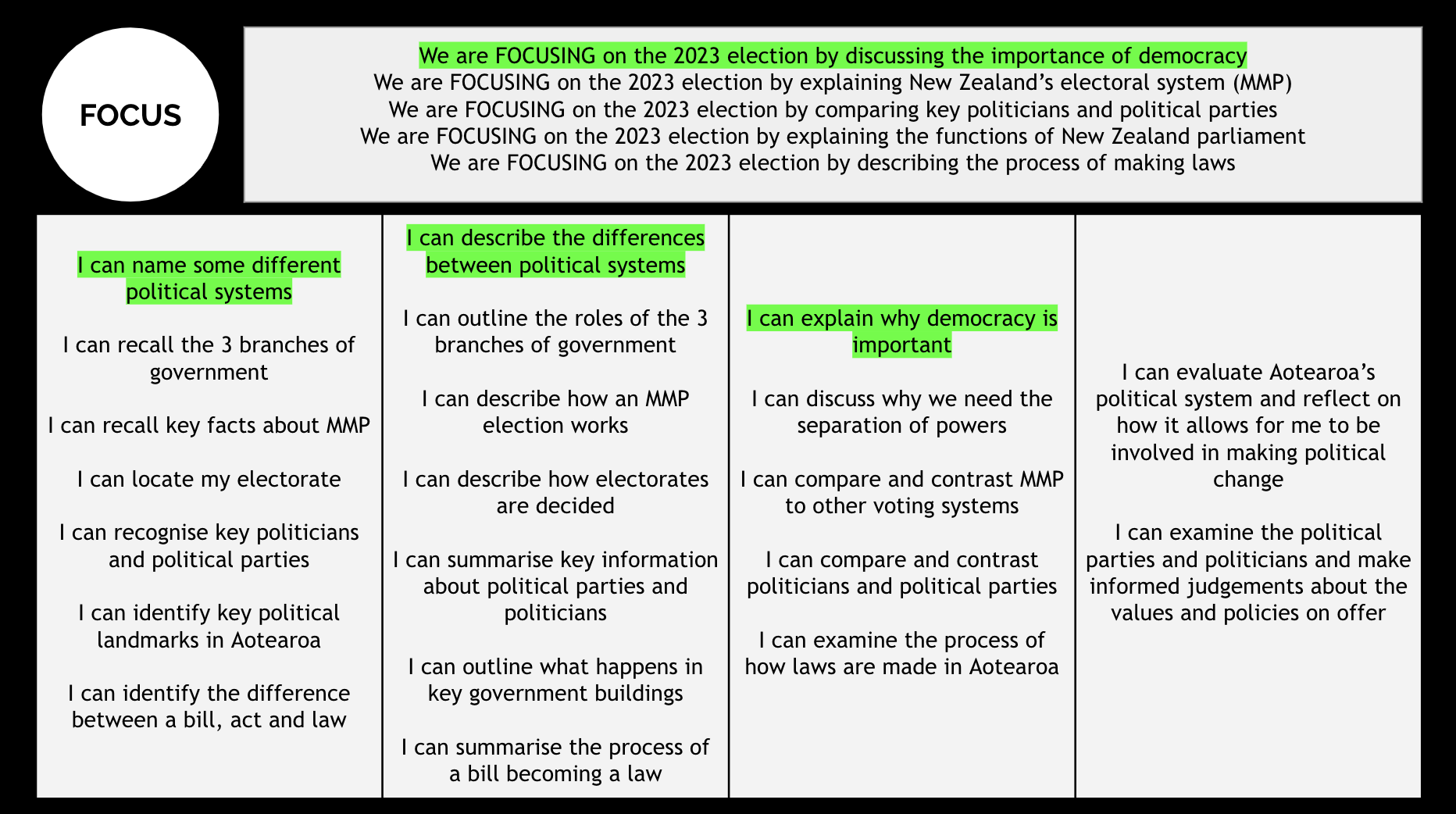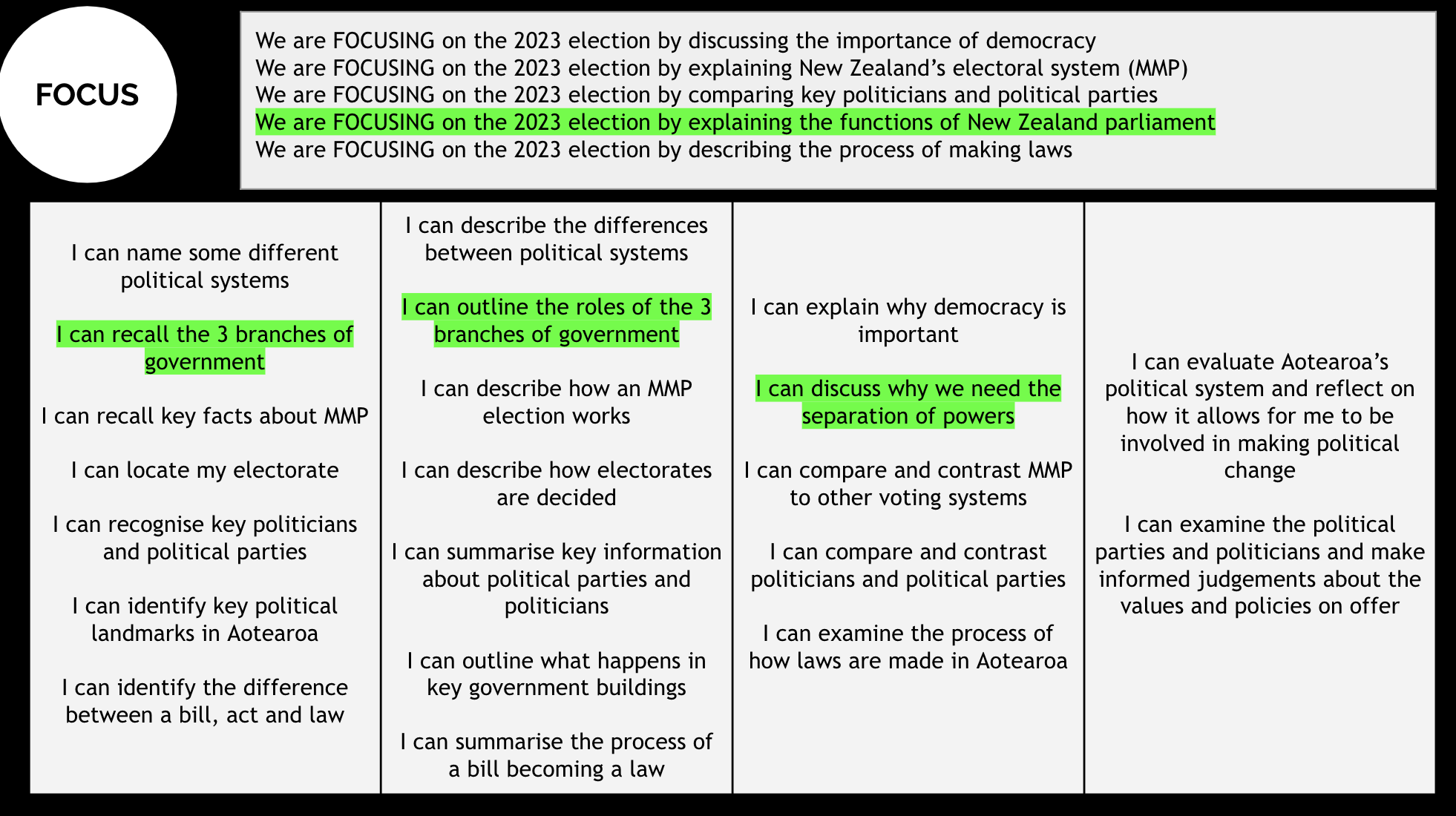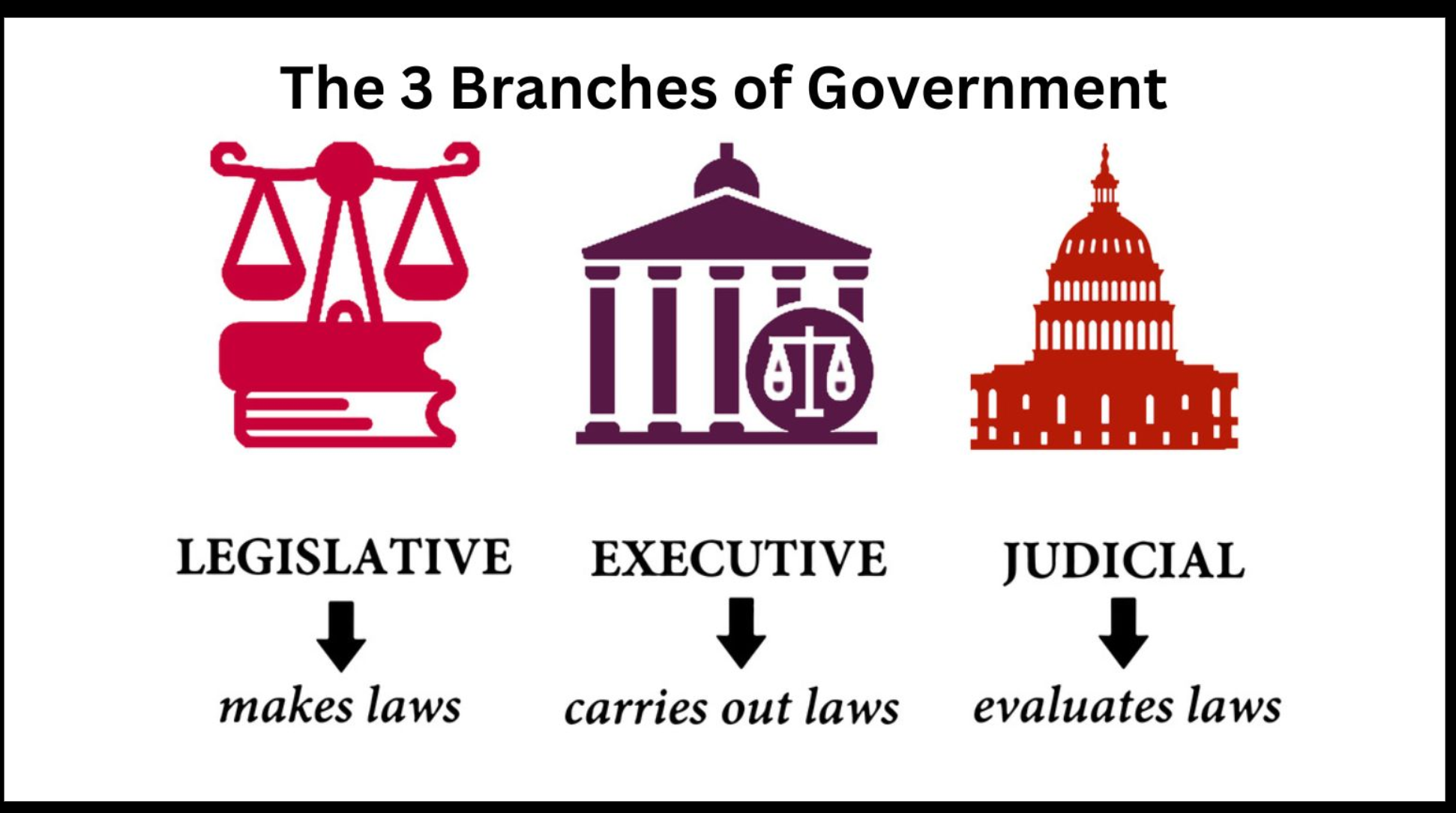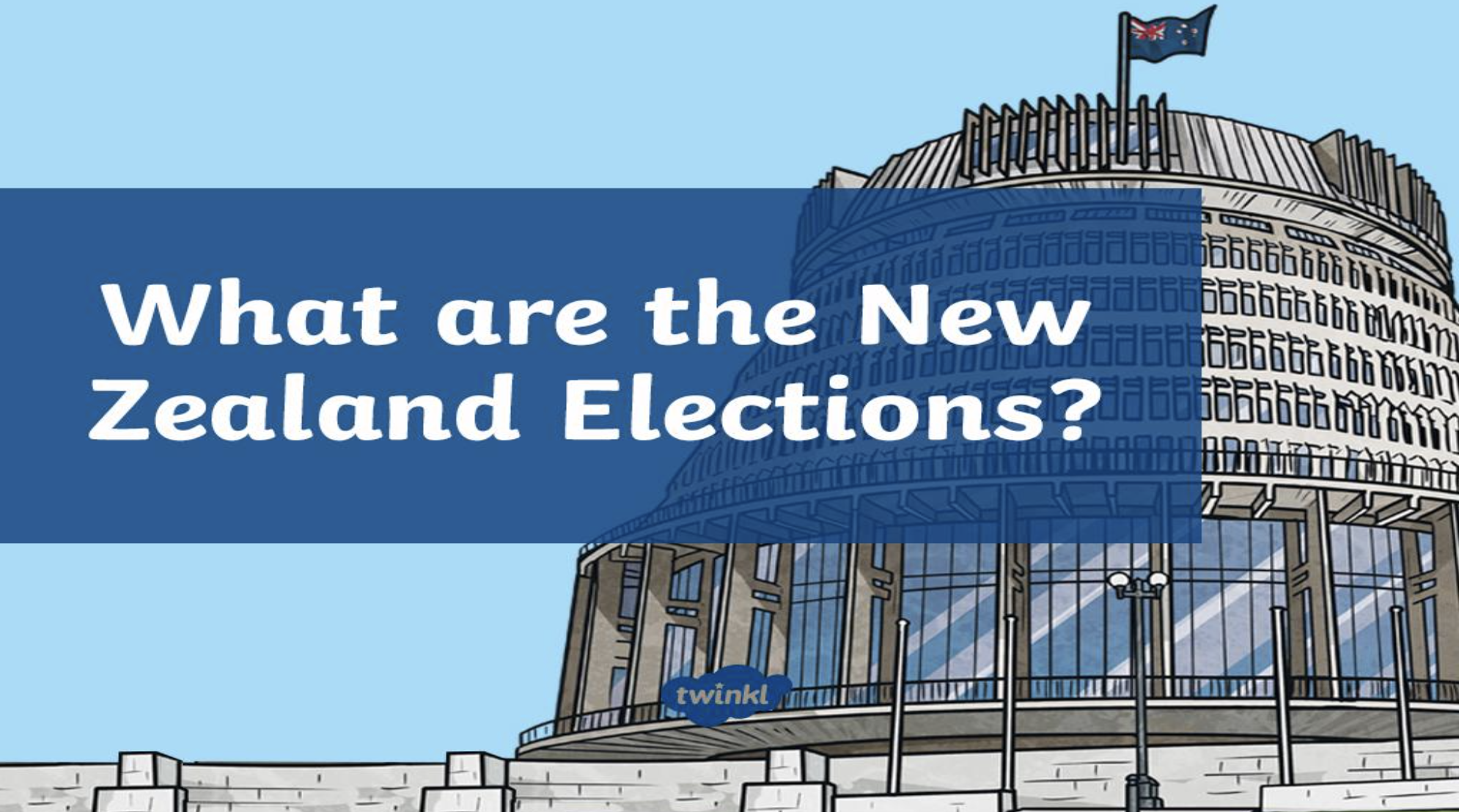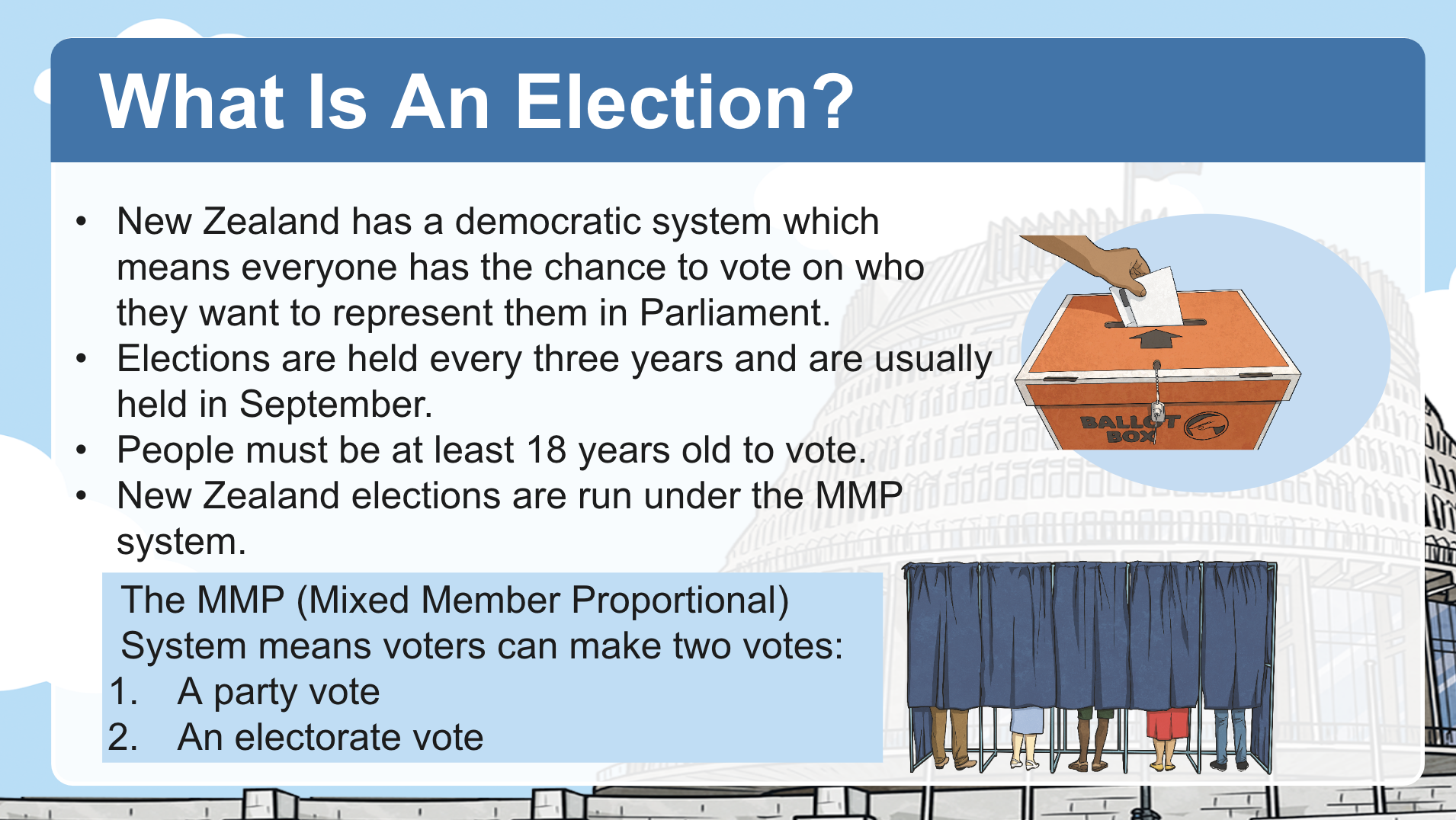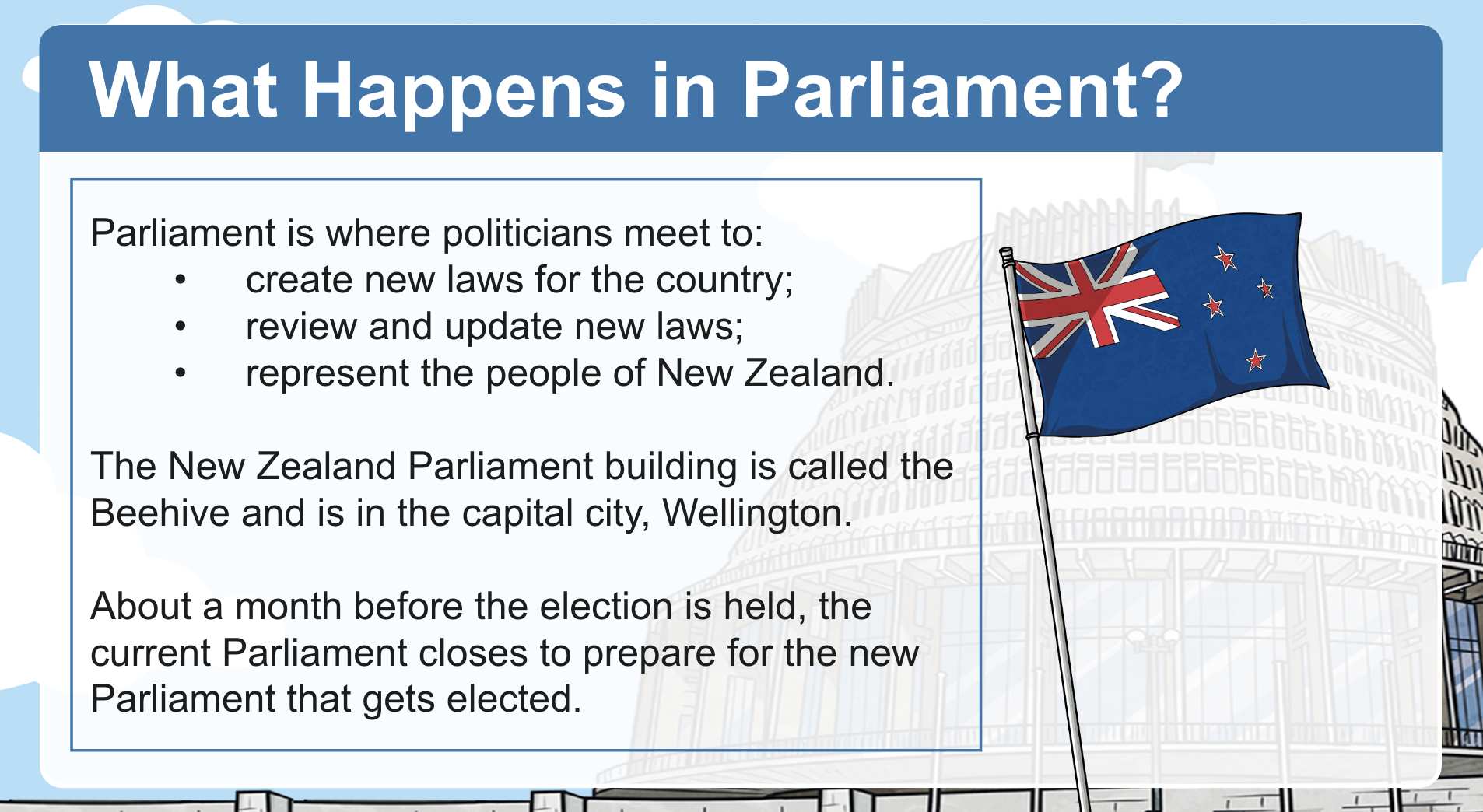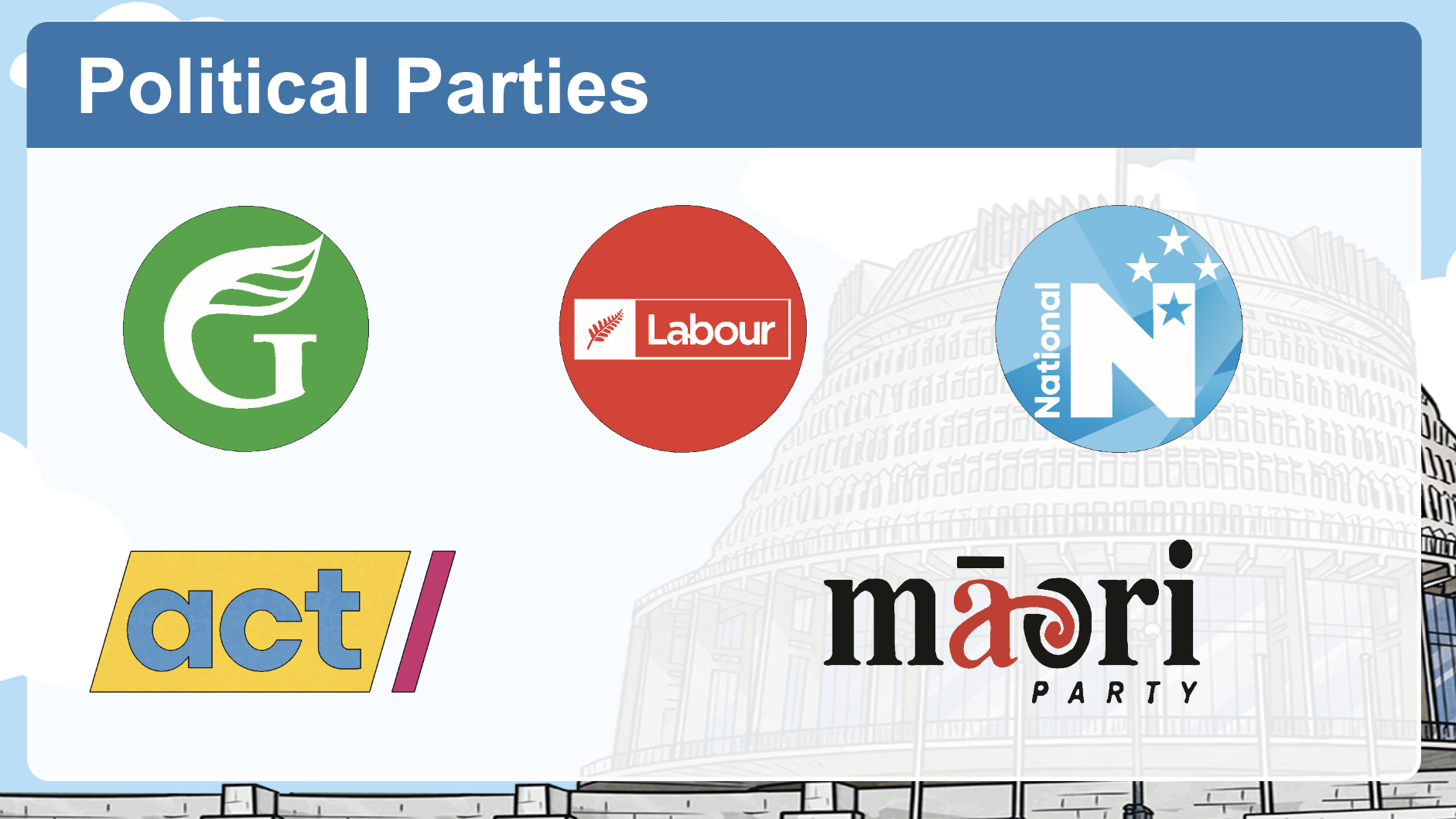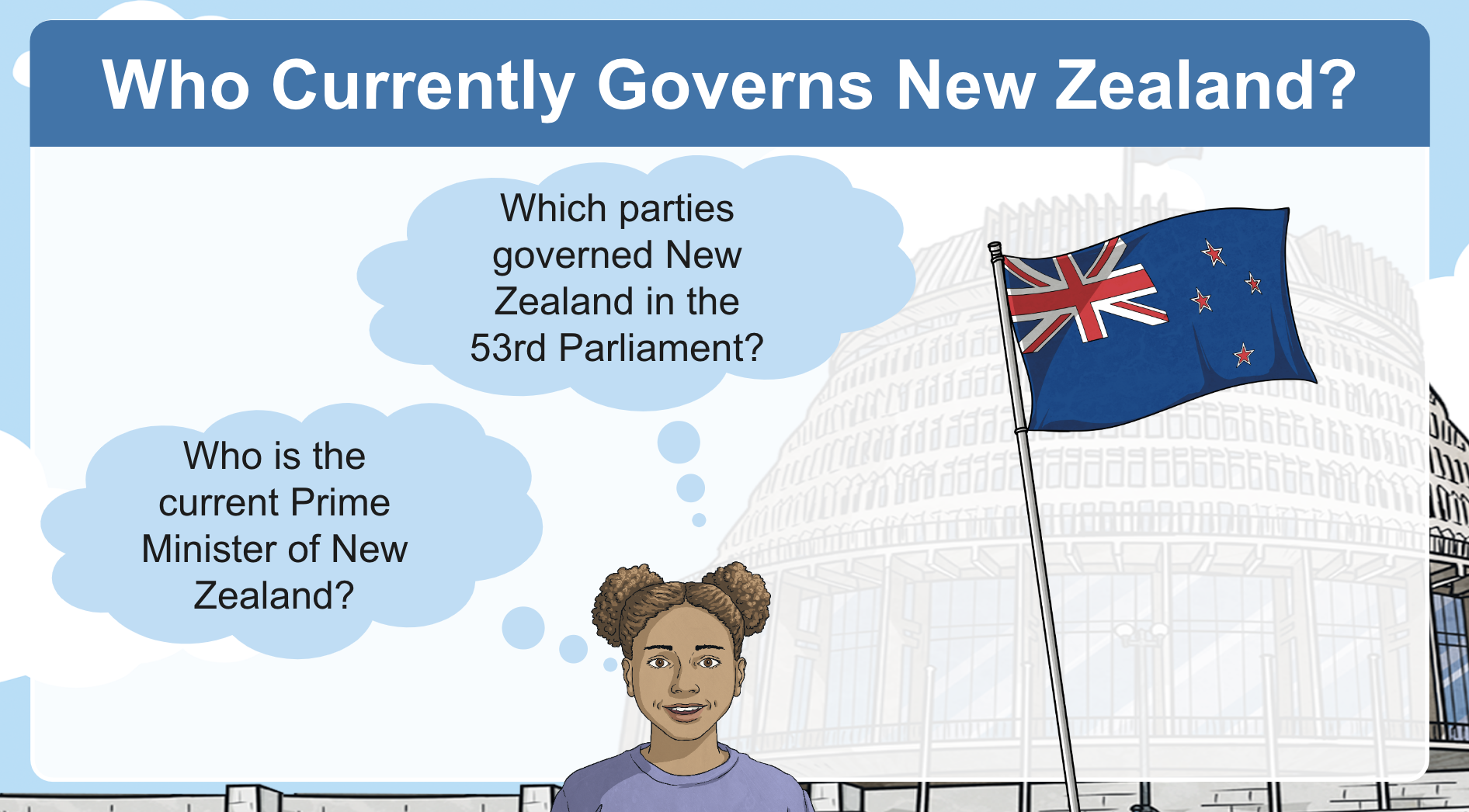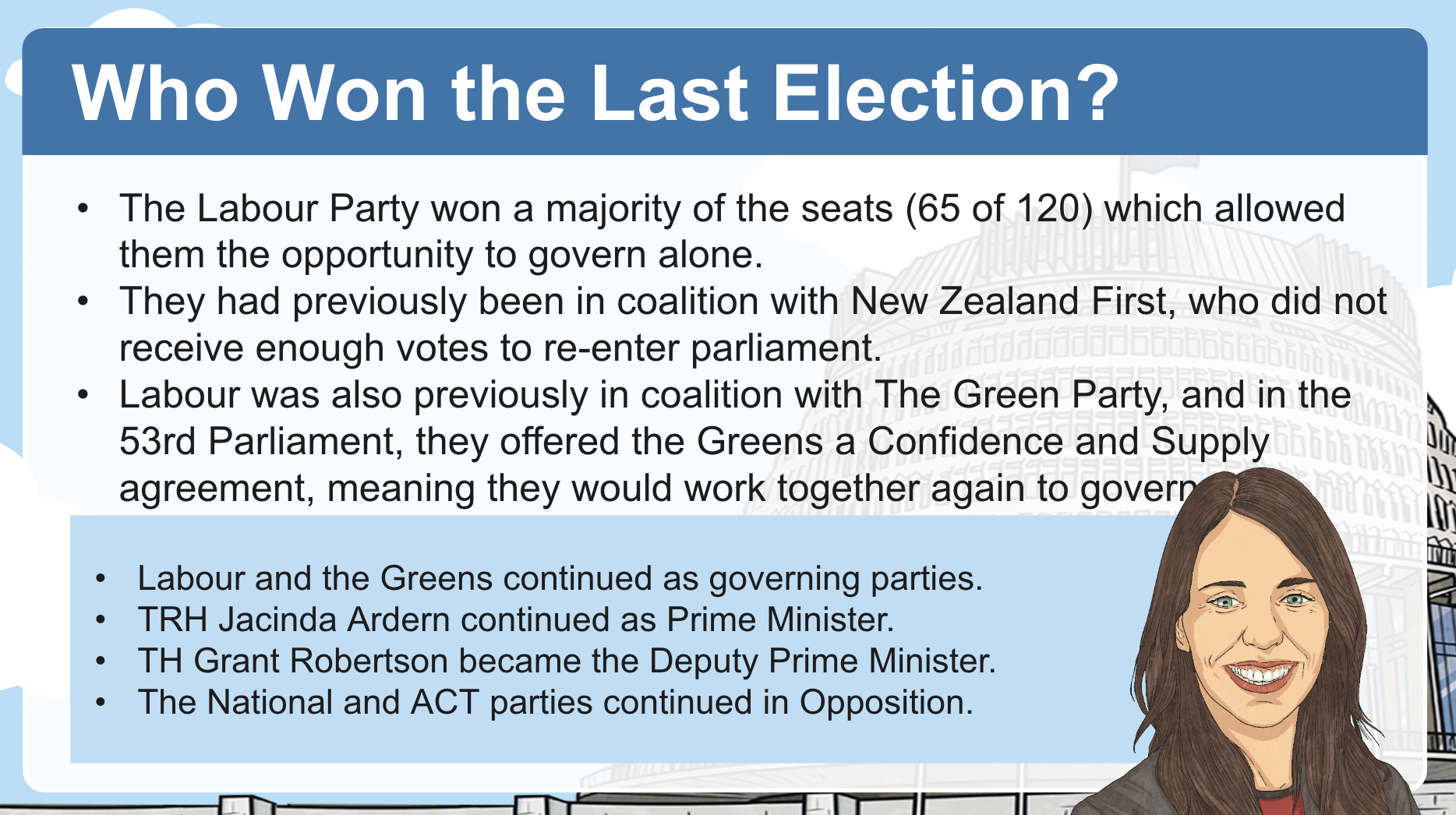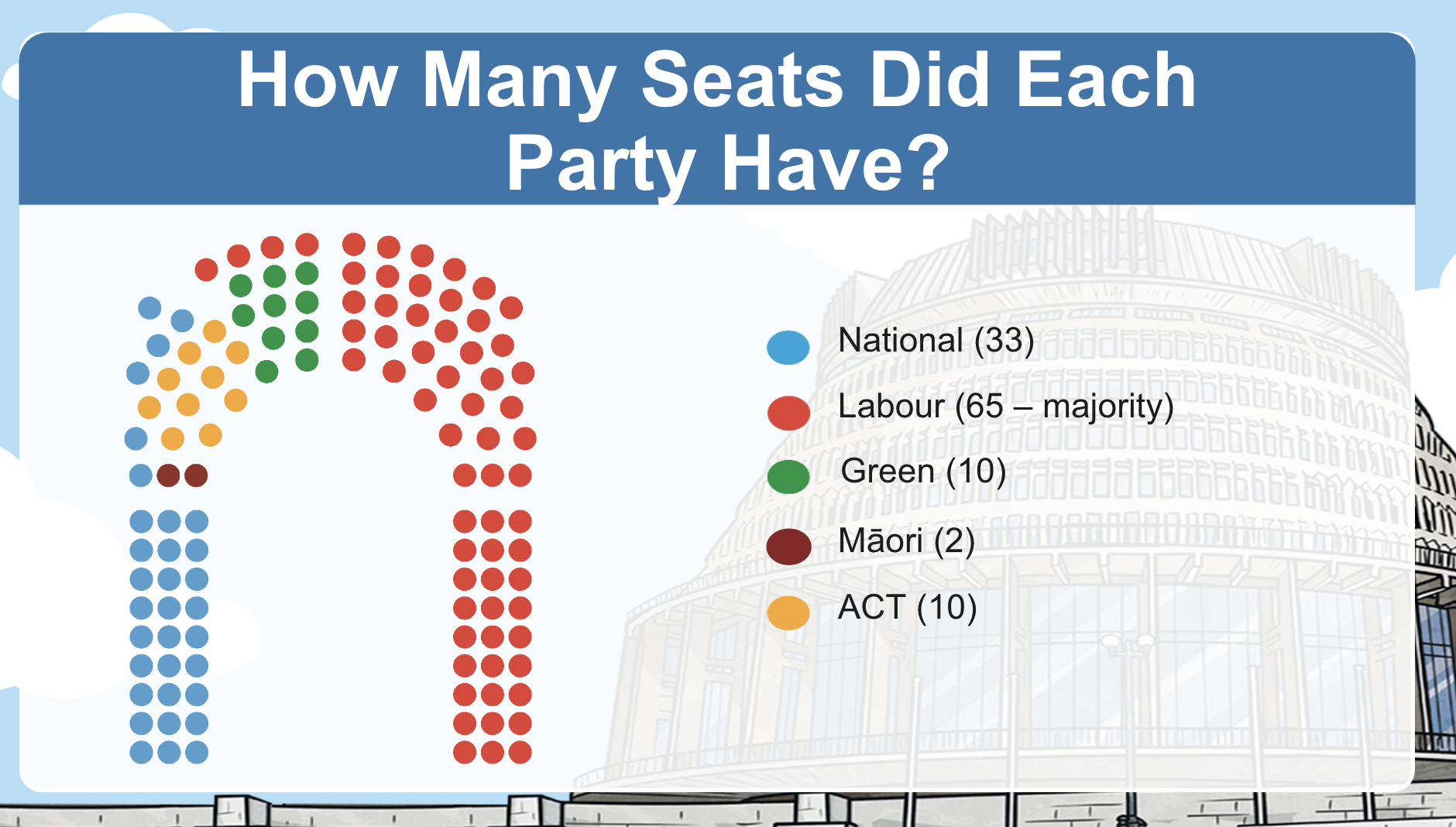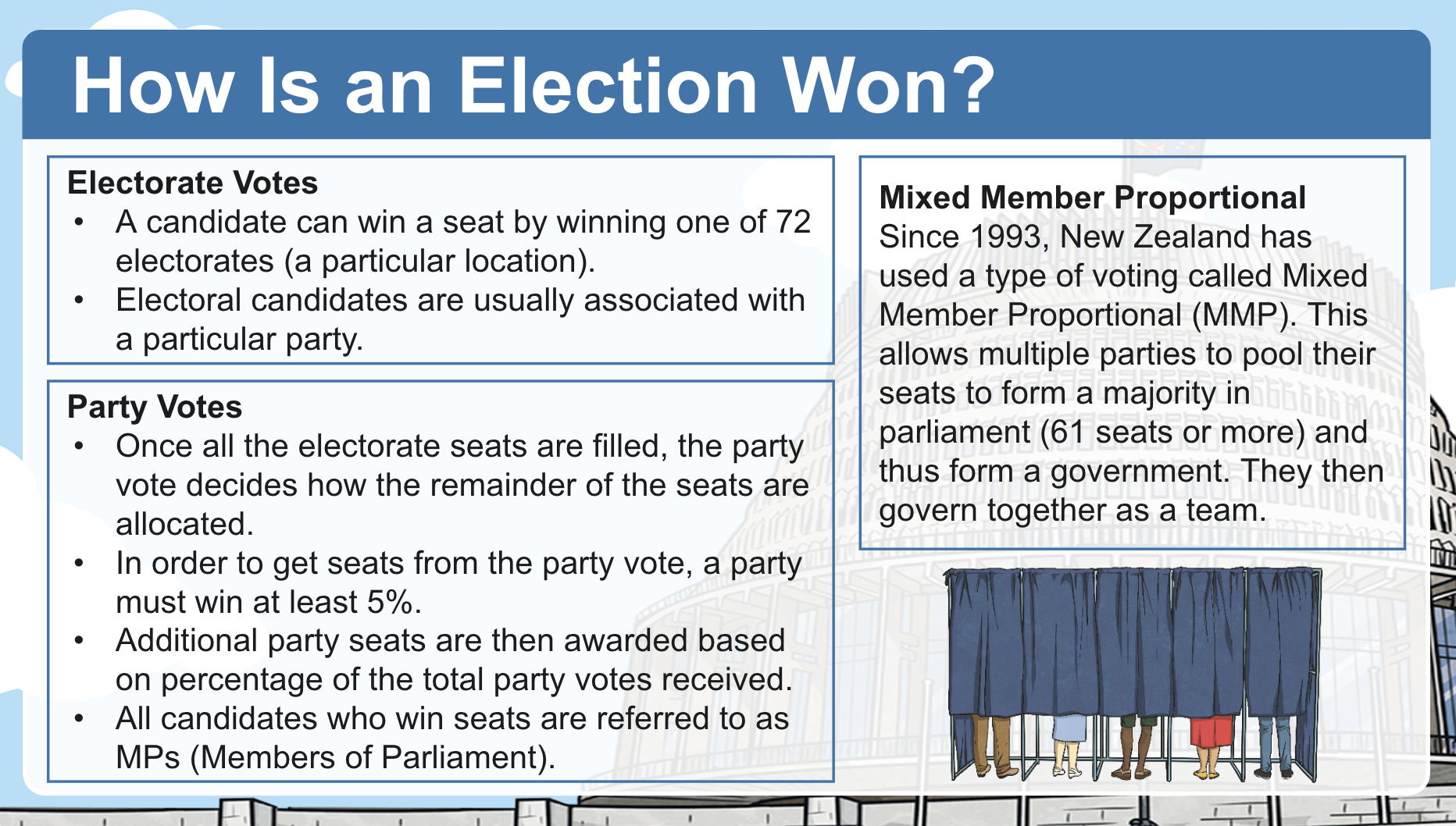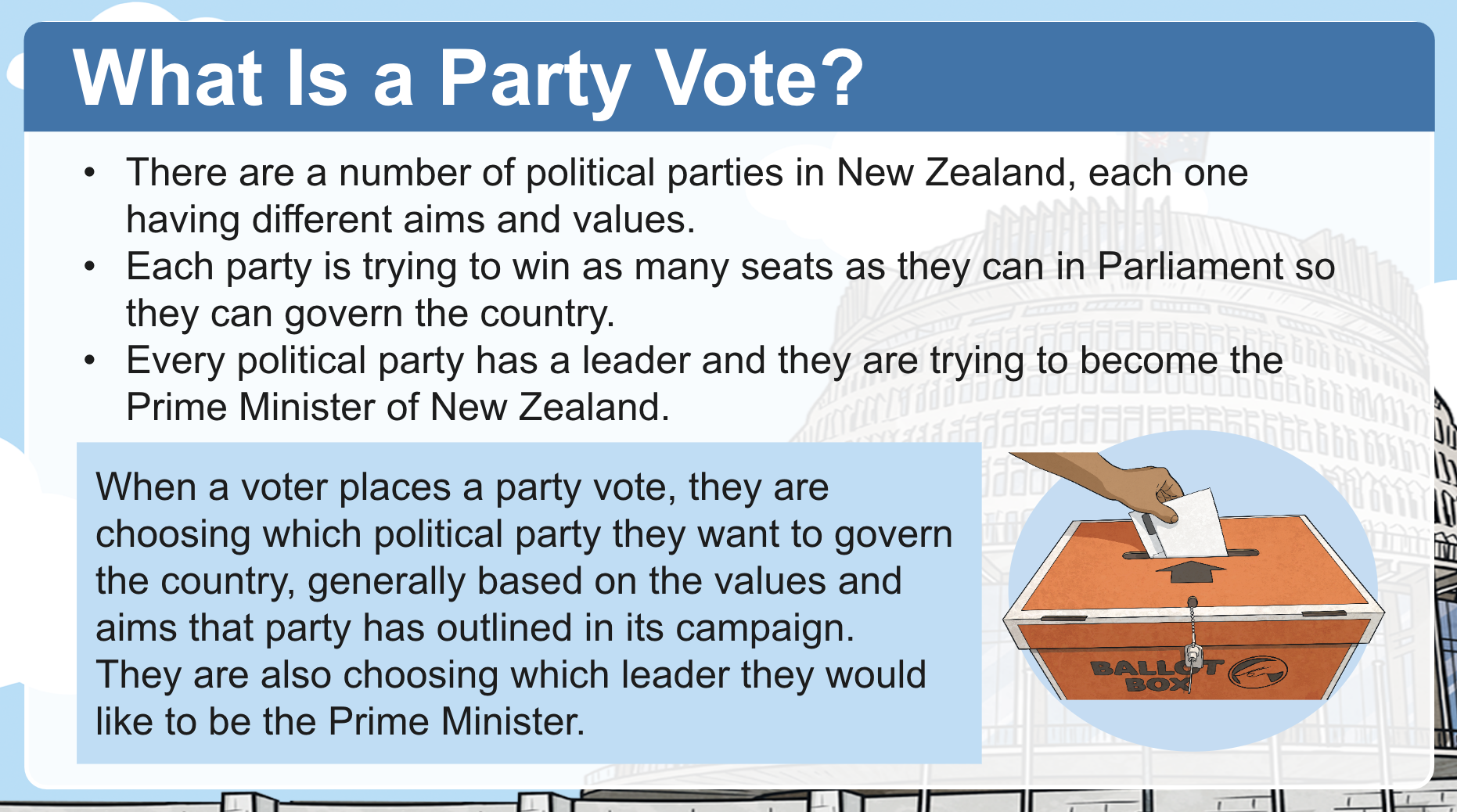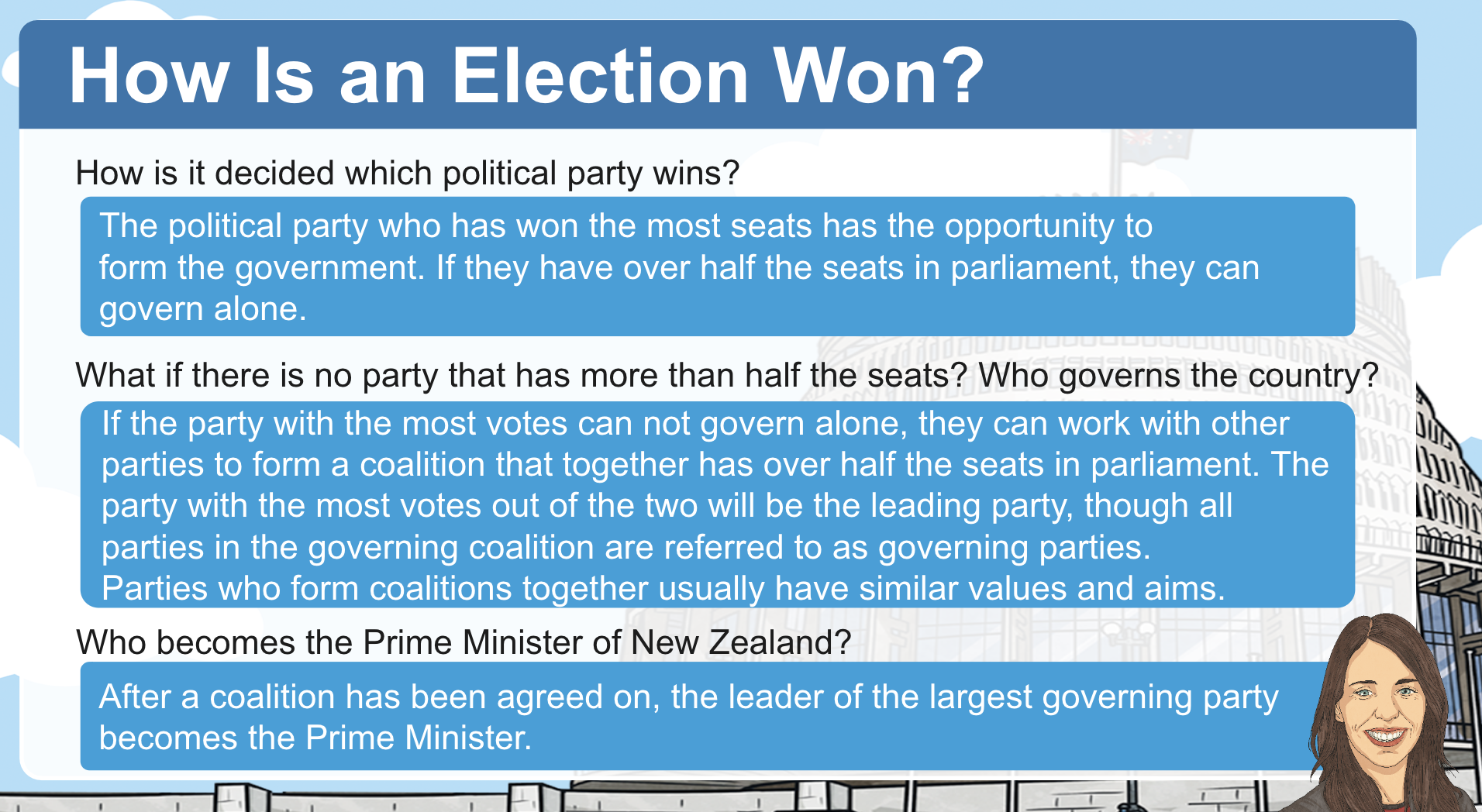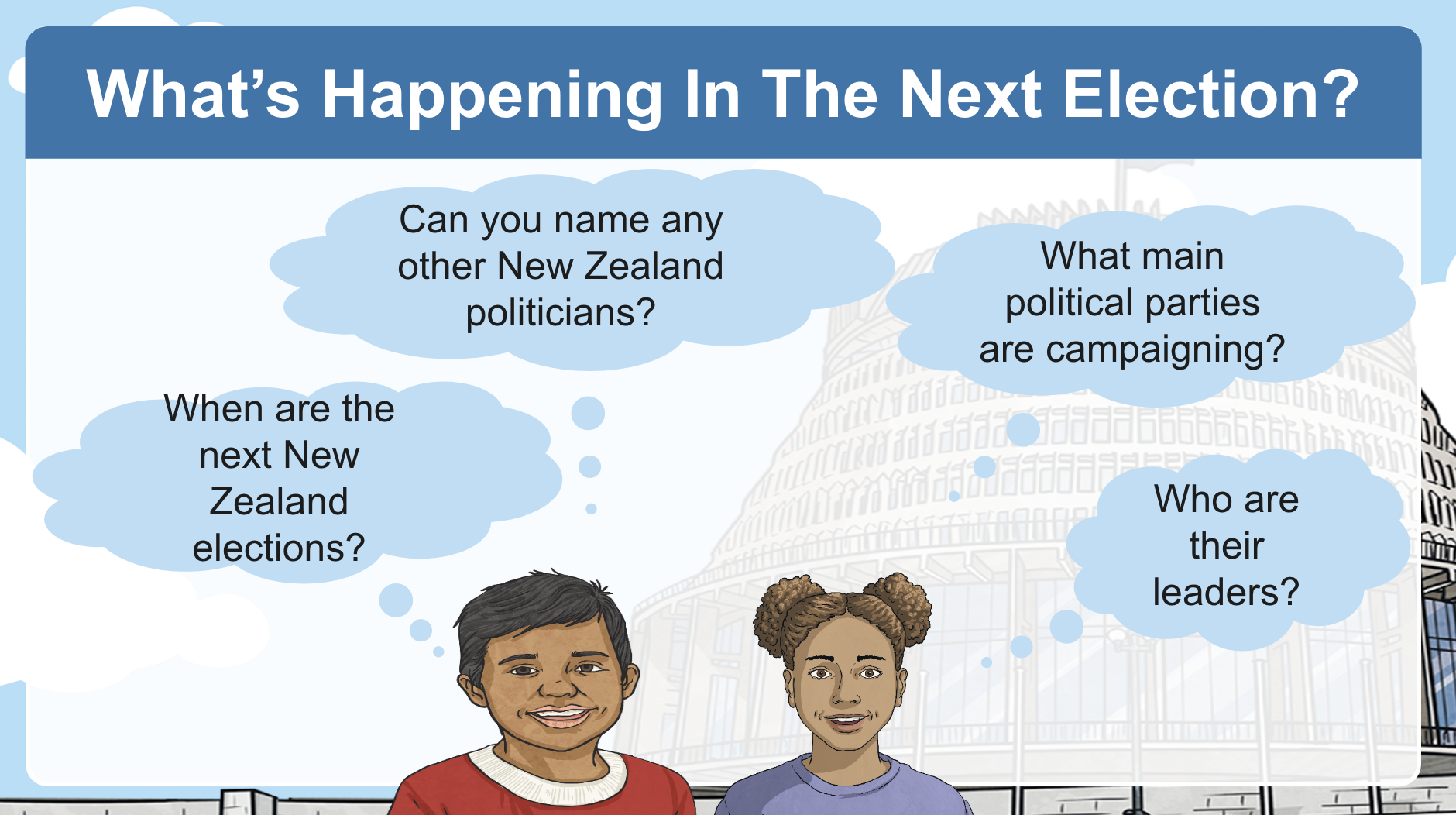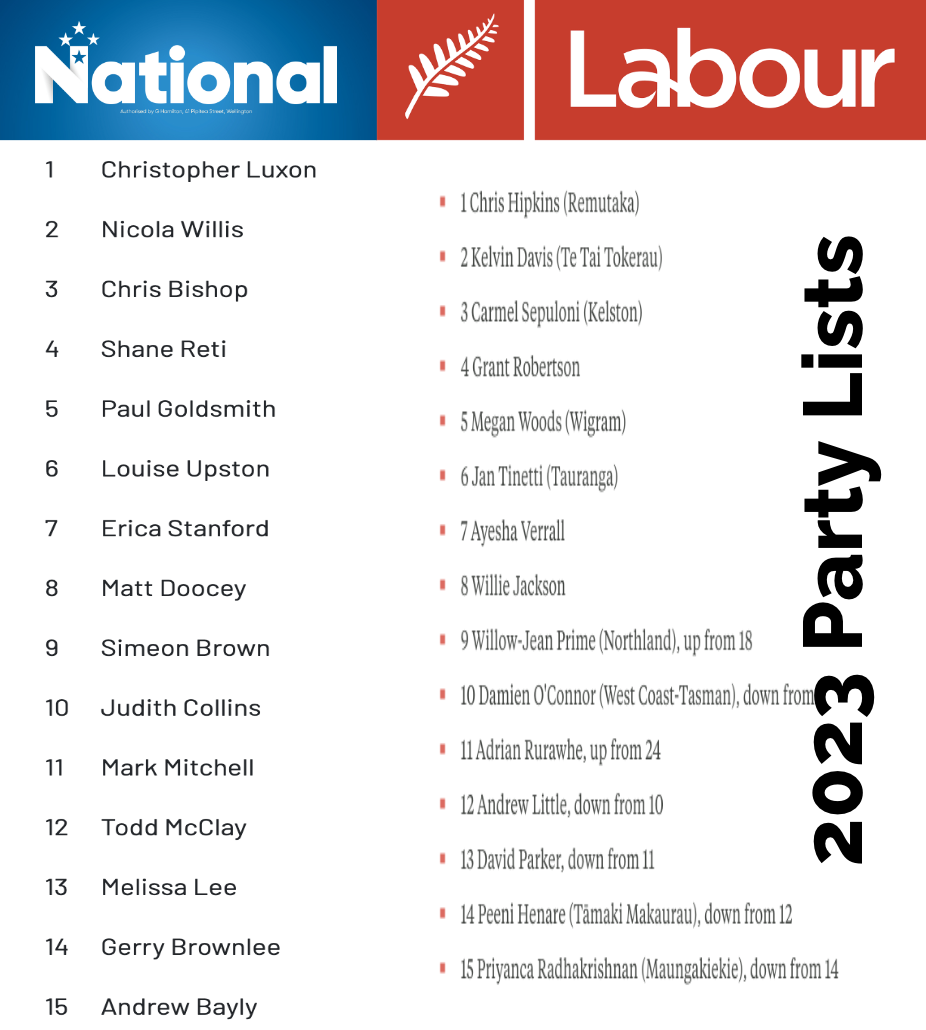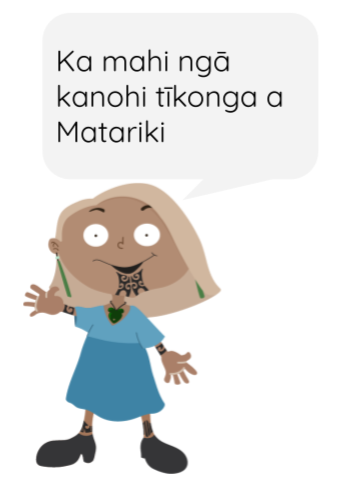
“The ever-alert and protruding eyes of Matariki”
This whakataukī is about the story of Tāwhirimātea (remember the separation of Papatūānuku and Ranginui and how their children fought and Tāwhirimātea tore out his own eyes in a fit of rage and threw them to the sky). His whakataukī is said about a person who is alert at night.
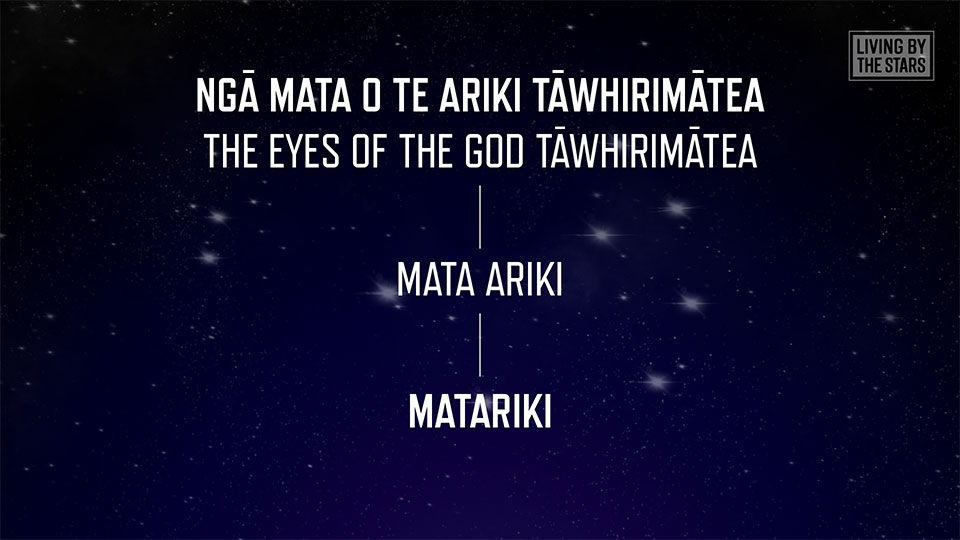
Image: Ngā mata o te ariki Tāwhirimātea ©Living by the Stars
The night sky offers a wealth of seasonal and celestial wisdom told by the stories of the stars. Matariki is short for Ngā Mata o te Ariki Tāwhirimātea (the eyes of Tāwhirimātea, the God of winds and weather). Tāwhirimātea is a son of Ranginui and Papatūānuku. He was so enraged by his parents' separation that he fought his siblings until he lost. In a fit of anger, he tore out his own eyes and threw them into the sky. This story reminds us of the close connection between sky and Earth and the importance of observation.
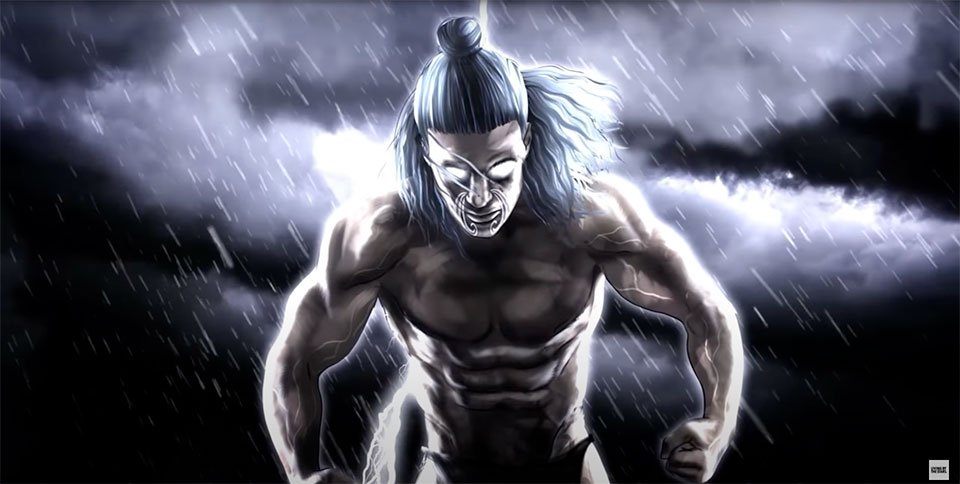
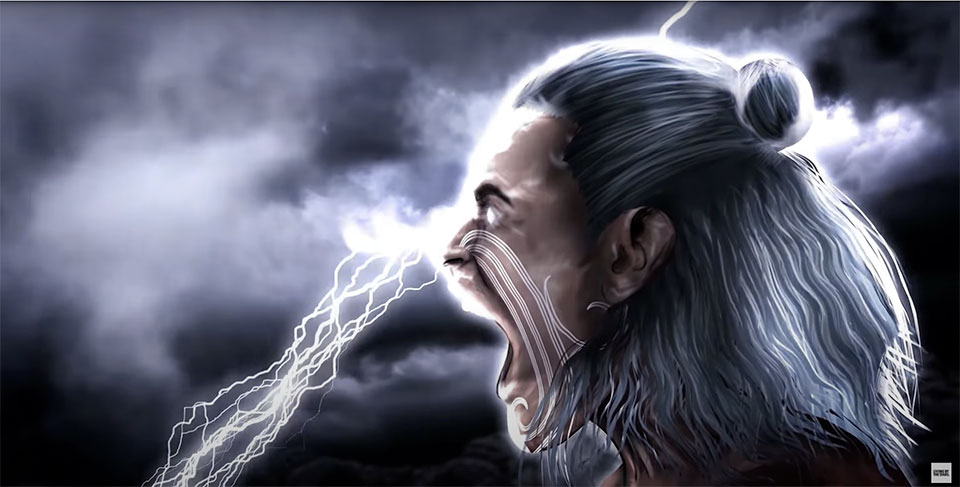
Images: Tawhirimātea, ©Living by the Stars.
Stories are a good way of remembering and understanding useful information. Each Matariki star tells a story about seasonal changes like when to plant, harvest, hunt, fish, build, travel, celebrate, reflect, and recite karakia. This information connects us to the seasons and our environment.
The stars of Matariki are represented by a whānau of personalities and qualities.
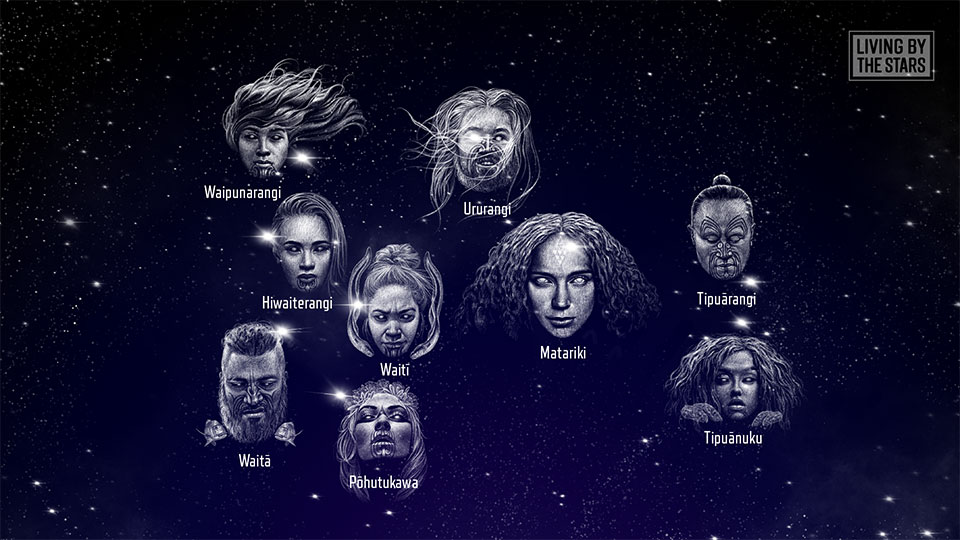
Matariki constellation, ©Living by the Stars.
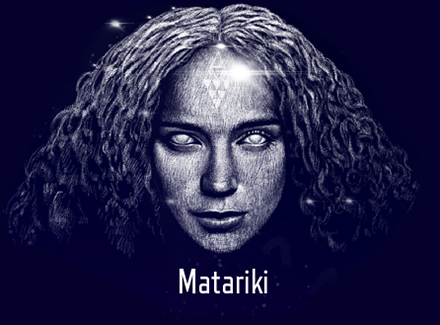
Matariki – the brightest star, and the whole cluster of stars. Matariki is the mother of the stars and maintains their wellbeing and balance.
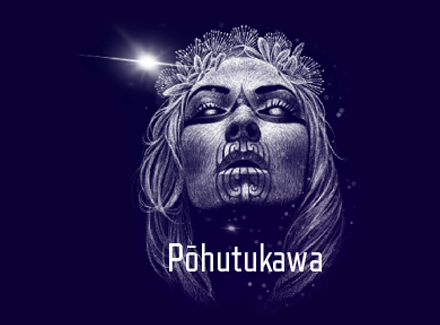
Pōhutukawa is associated with the dead, especially those who have died during the past year. Many hapū and iwi have different stories about the spiritual journeys of the dead. One of these stories tells of the connection between the Pōhutukawa tree and the star. Departing spirits travel to Te Rerenga Wairua, in the north of the North Island, where ancient Pōhutukawa grow along the cliff. Spirits descend to the roots and are released to the Pōhutukawa star before Matariki rises.
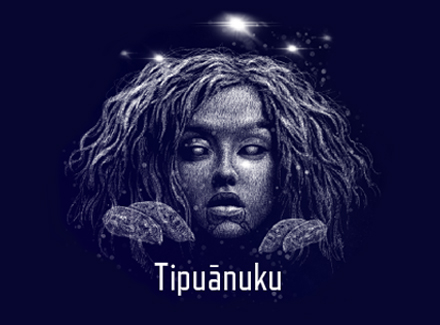
Tipuānuku is connected to food grown in the earth. Tipu means to grow, and nuku is from Papatūānuku.
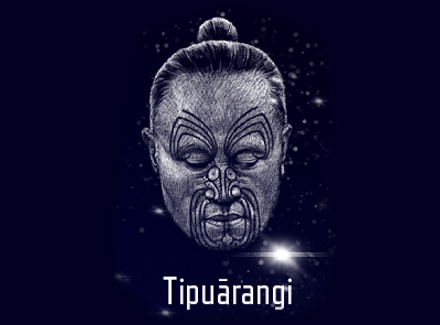
Tipuārangi refers to food from above. This was once a time when full-bellied kererū were caught and preserved for the year ahead.
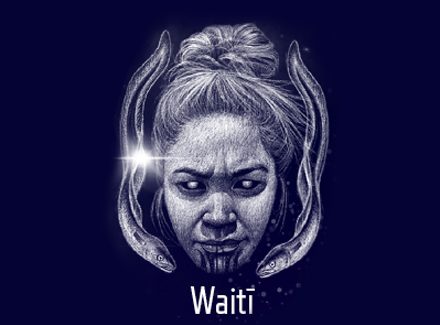
Waitī is associated with freshwater including animals which live, feed, or drink in rivers, streams, and lakes. This is also when some ocean fish begin the journey up freshwater streams to spawn.
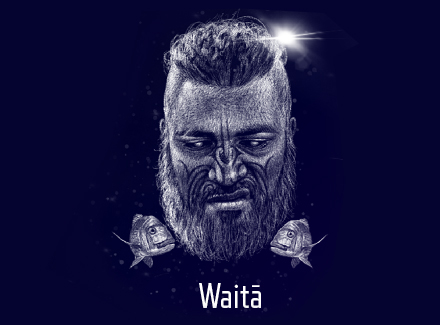
Waitā is associated with ocean life, including tides and floodwaters. Matariki rising above the water horizon influences tides and floods.
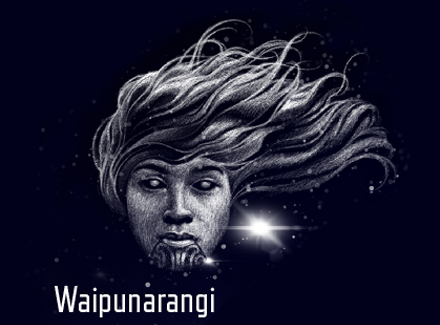
Waipunarangi is linked to rain and refers to pools of water in the sky. This is the season of heavy rain.
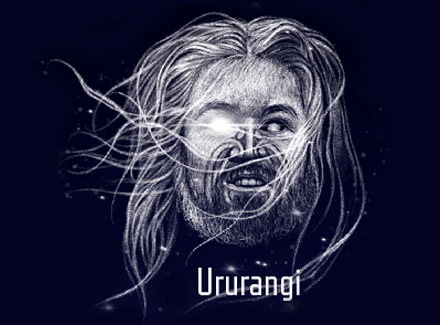
Ururangi means wind of the sky, another element of the season.
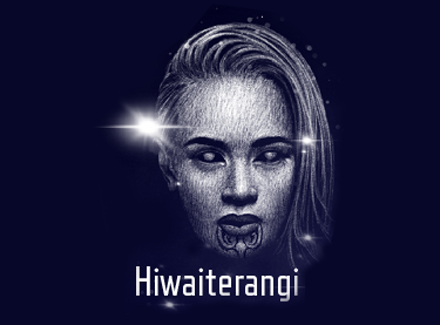
Hiwaiterangi is associated with good luck and prosperity. Hiwa means vigorous growth which is the subject of many hopes. This is the star for wishes and resolutions.
The science of observation, experimentation, and practice are embedded in the stories of the night sky. For Matariki this observation means it is the season for fires and keeping warm, or donning wet weather gear and enjoying the wind and rain represented by Ururangi and Waipunarangi.

